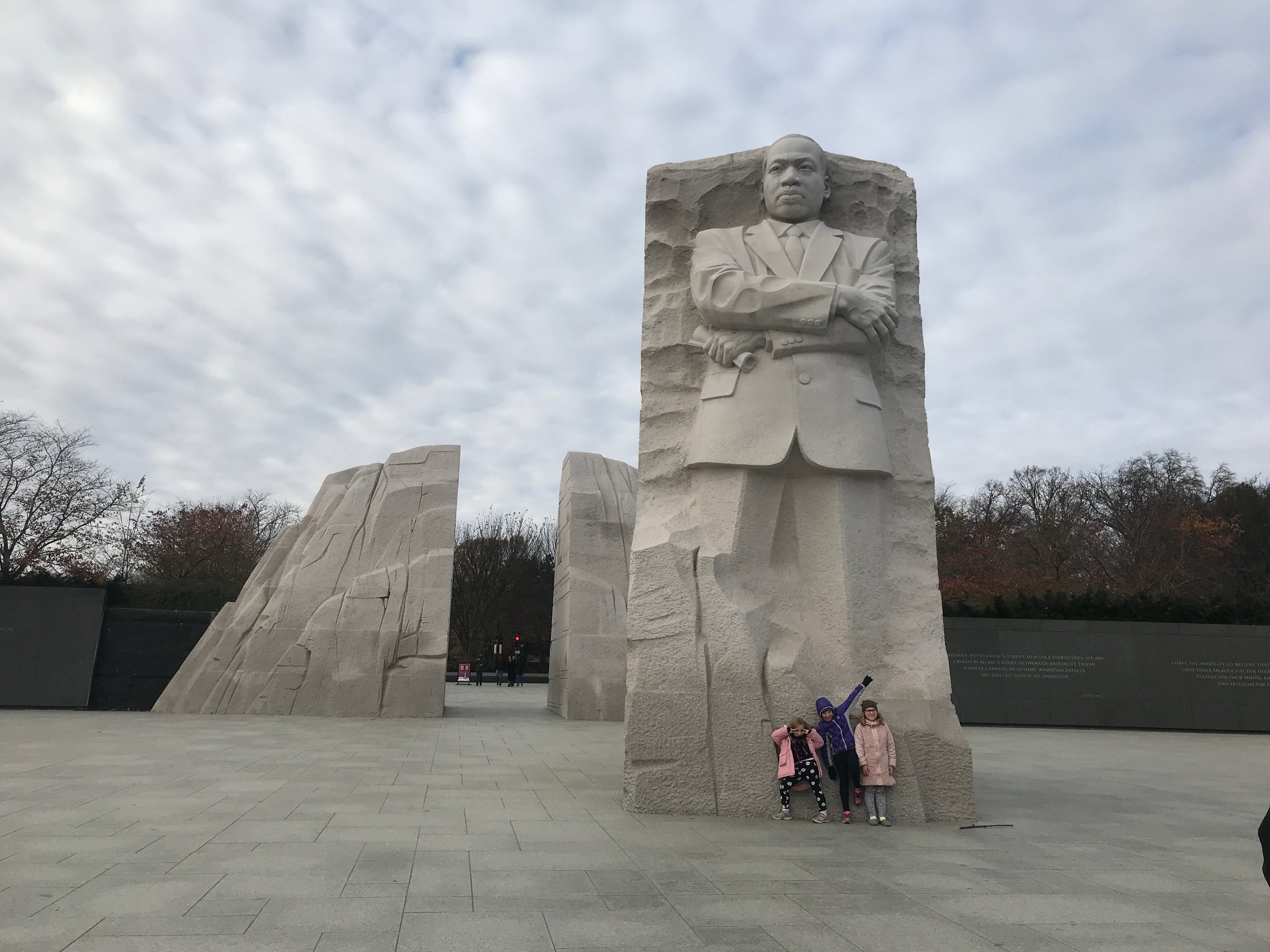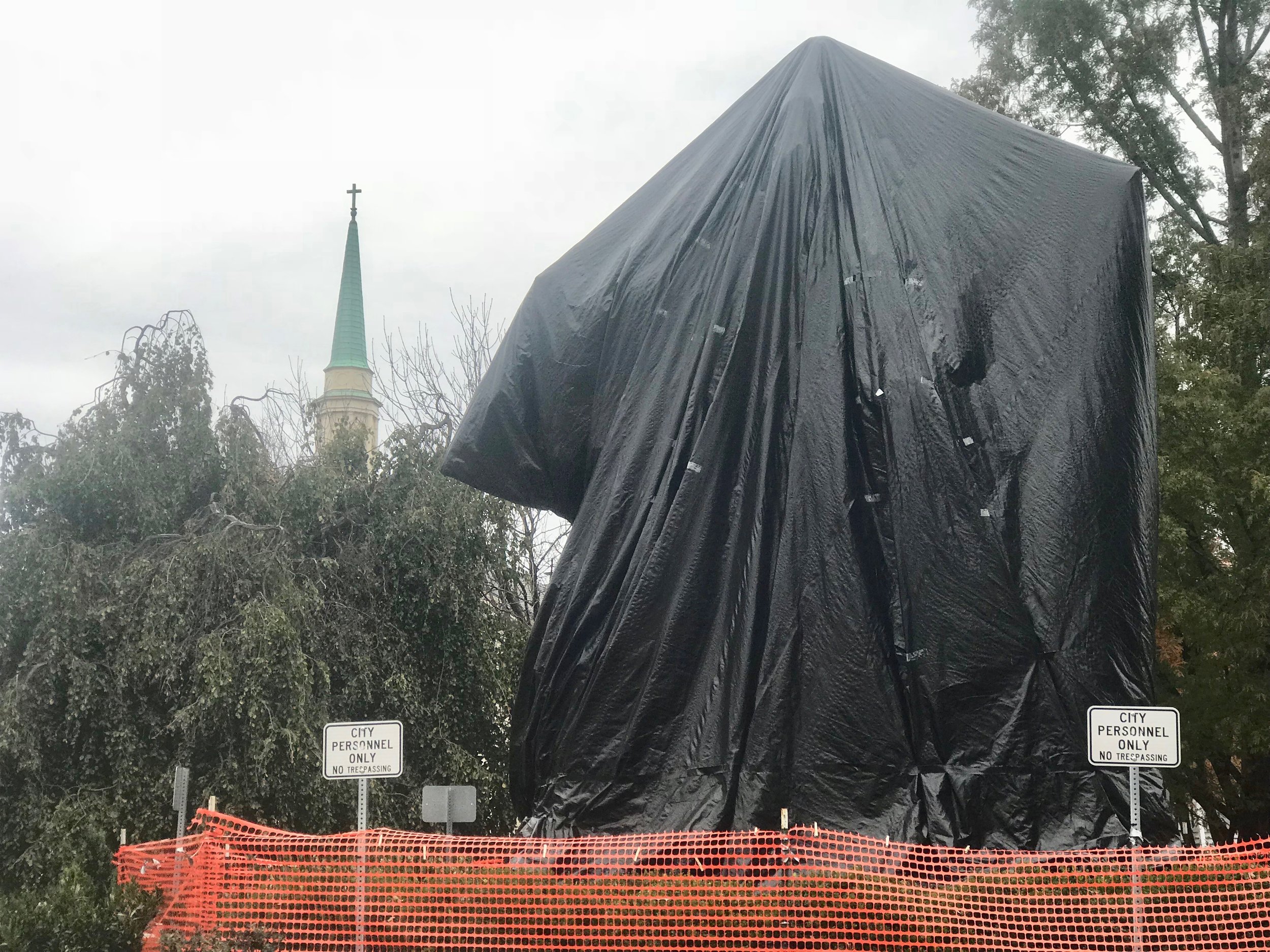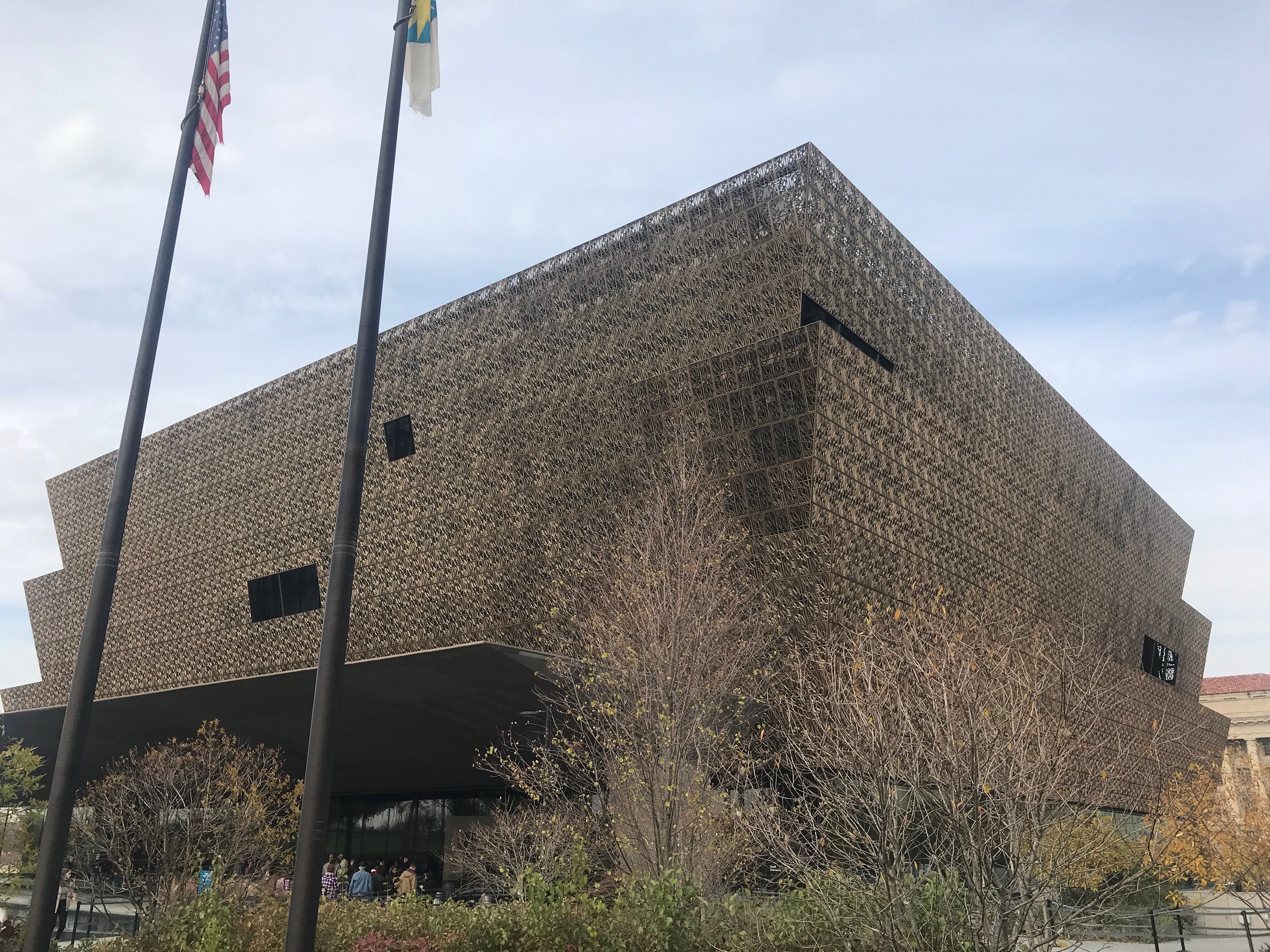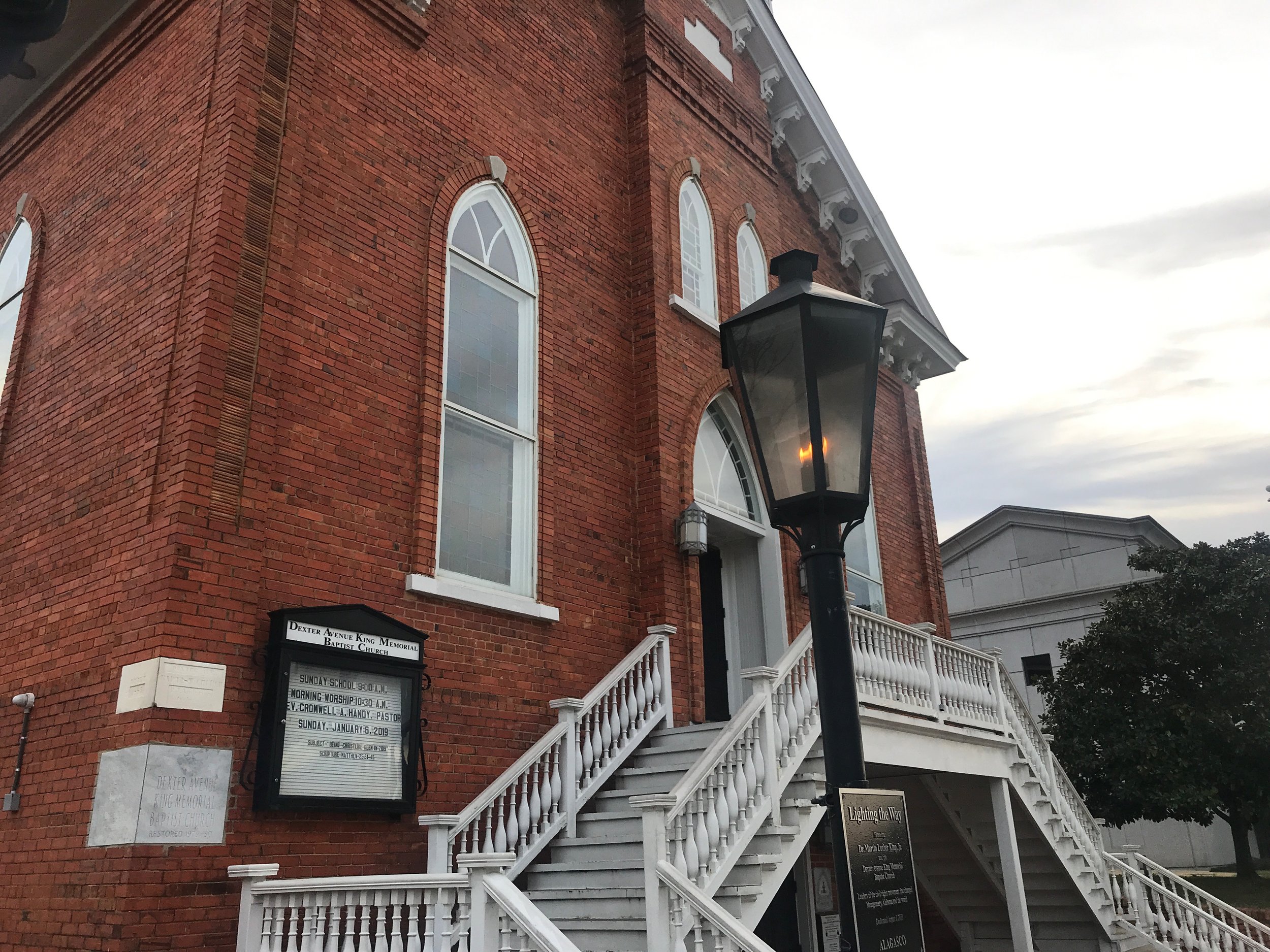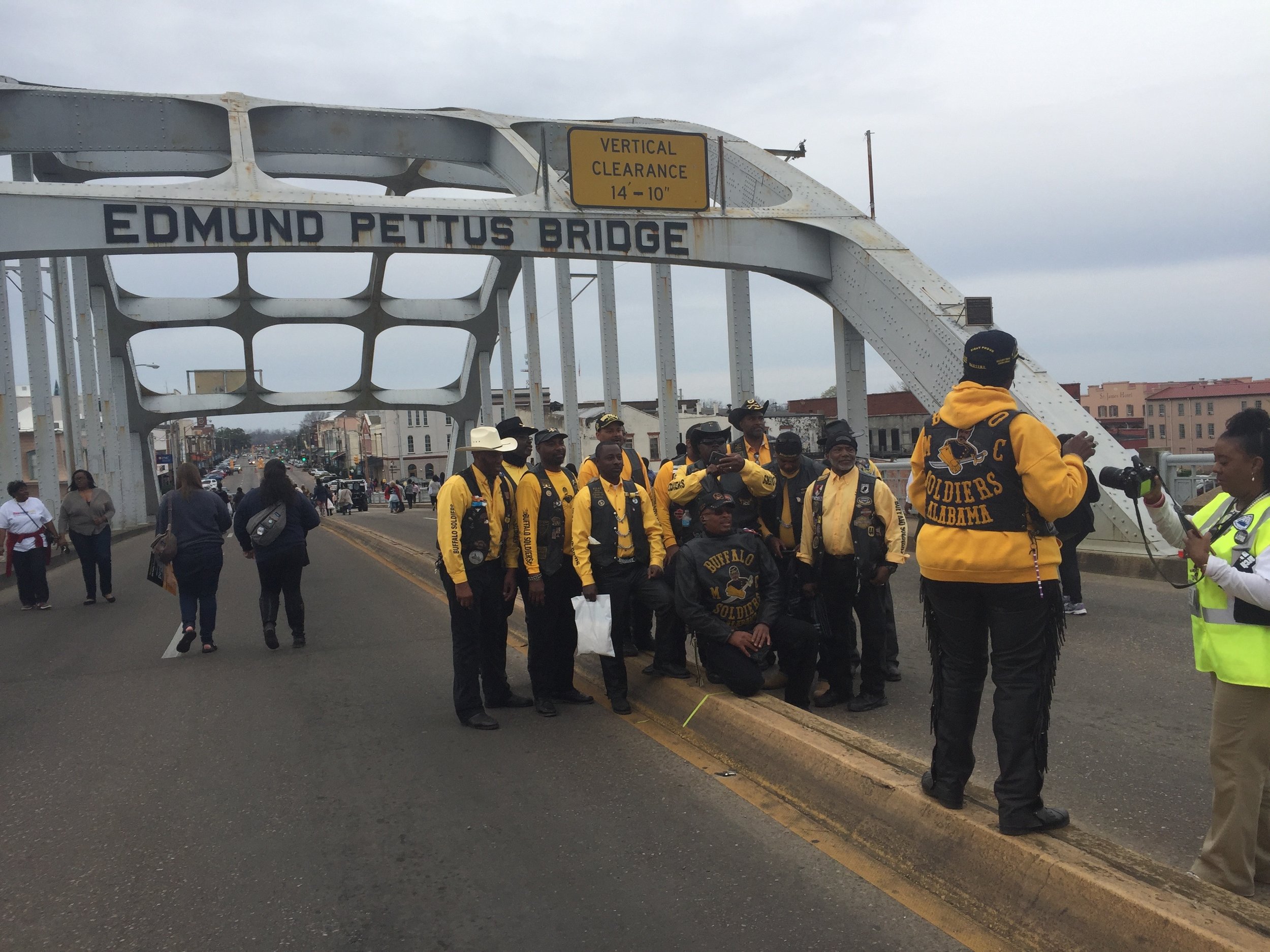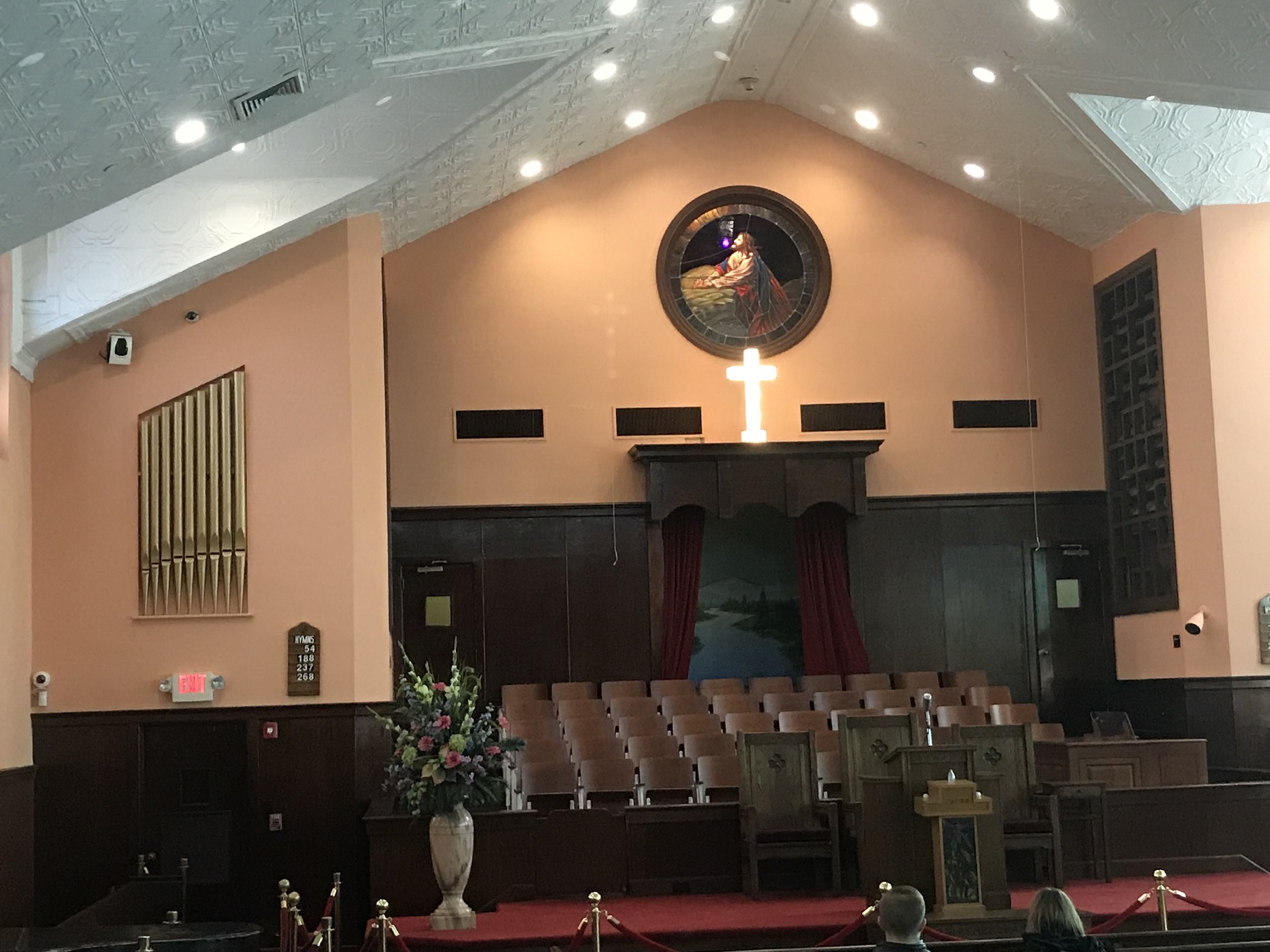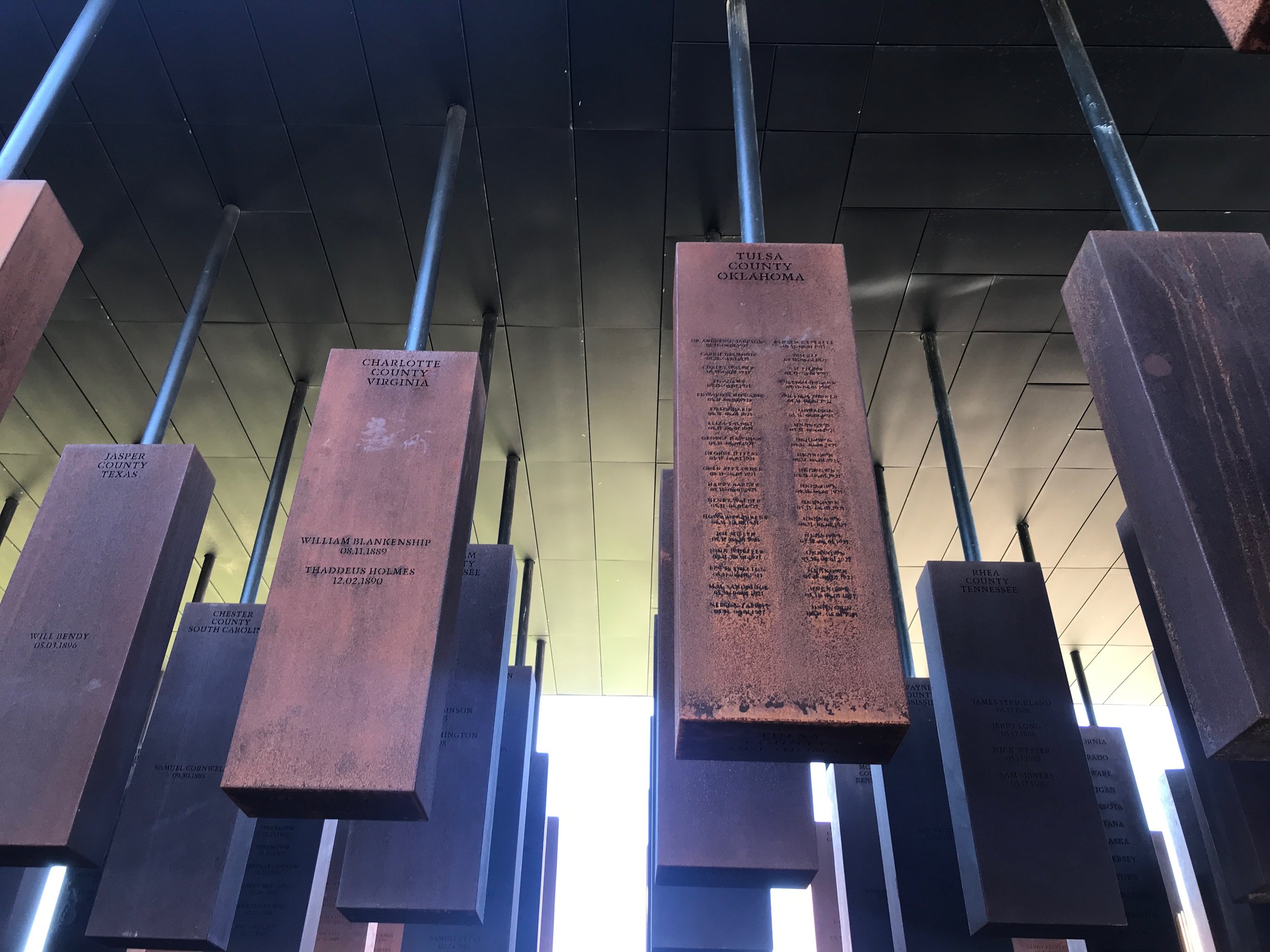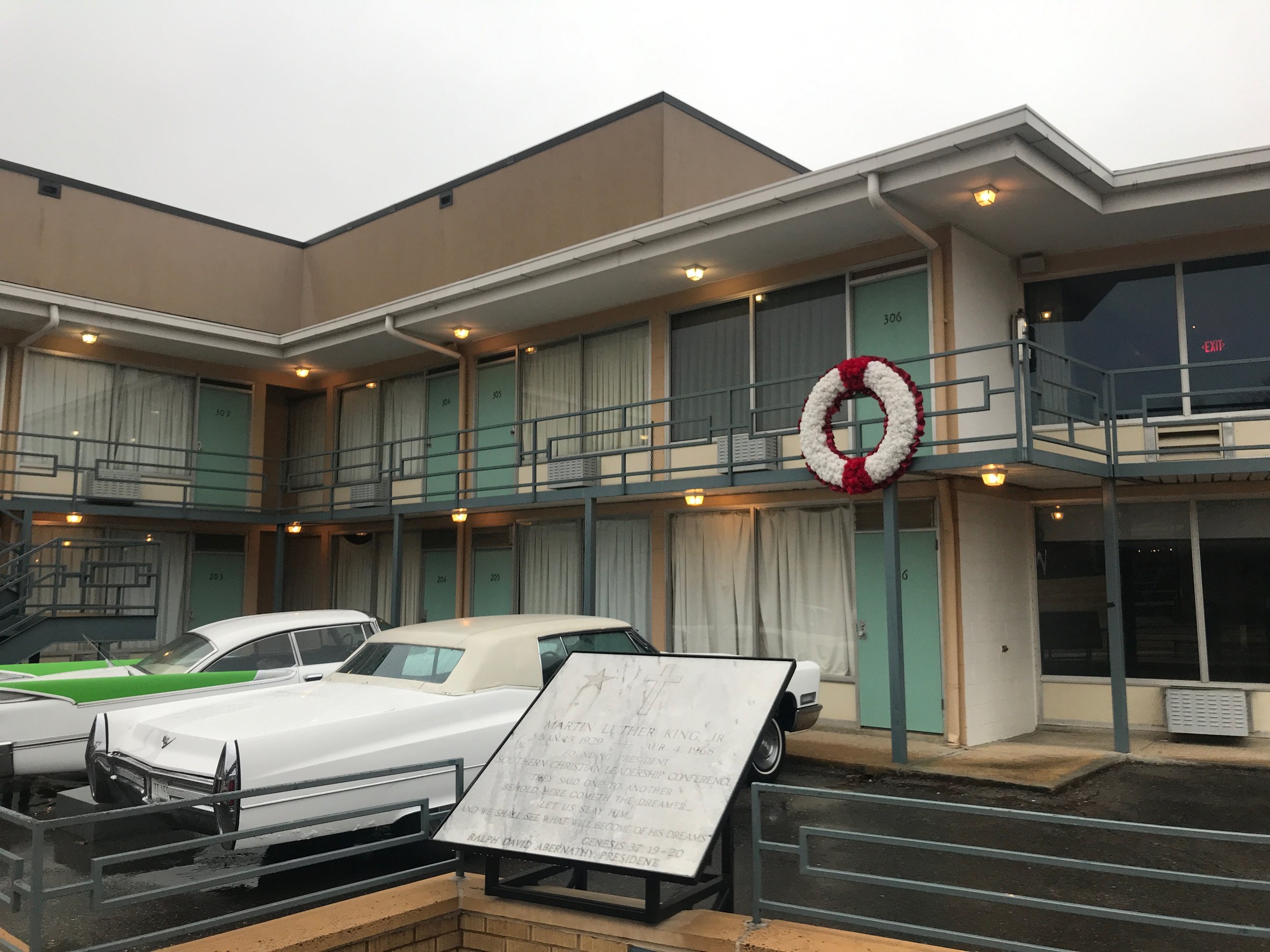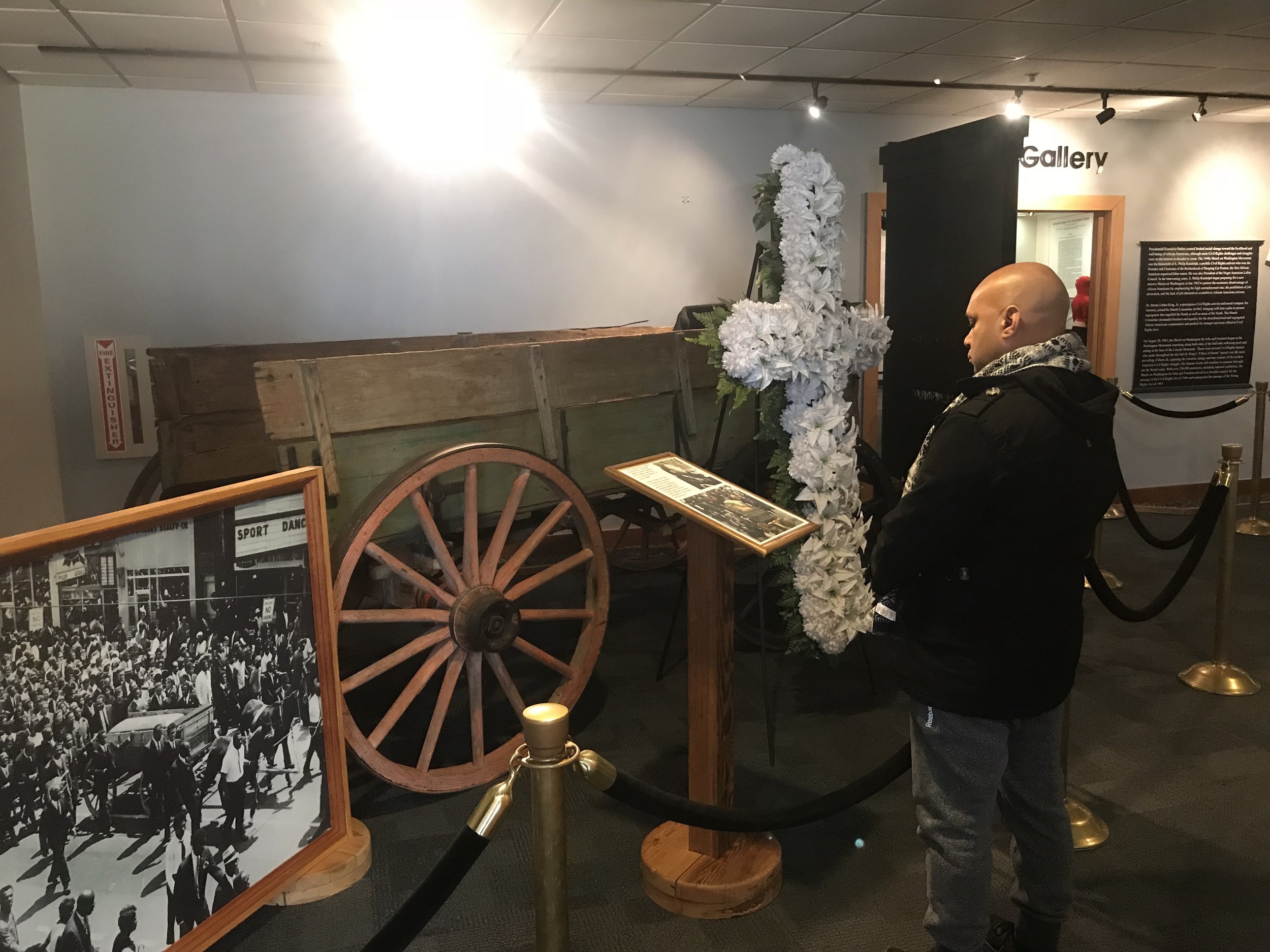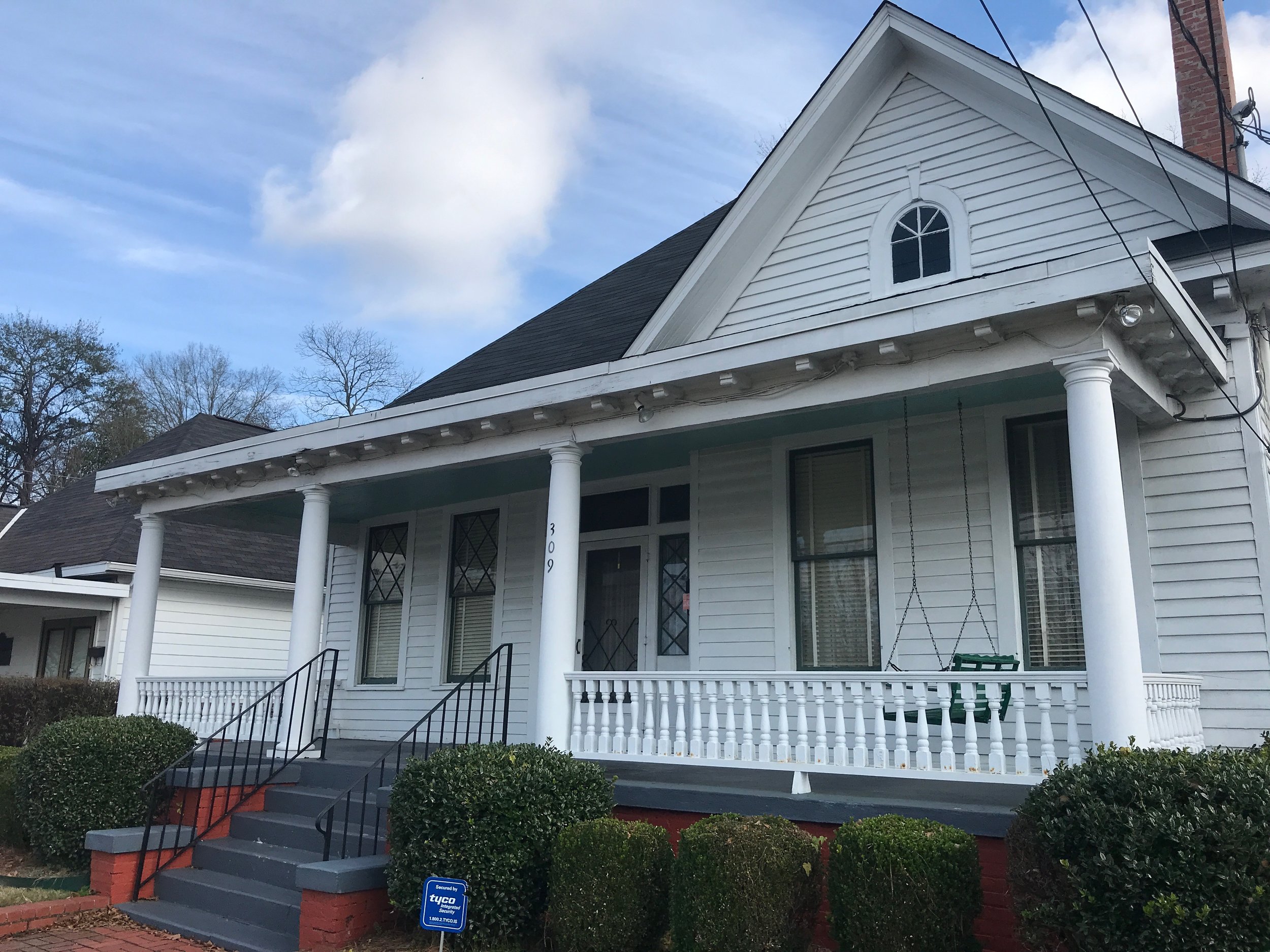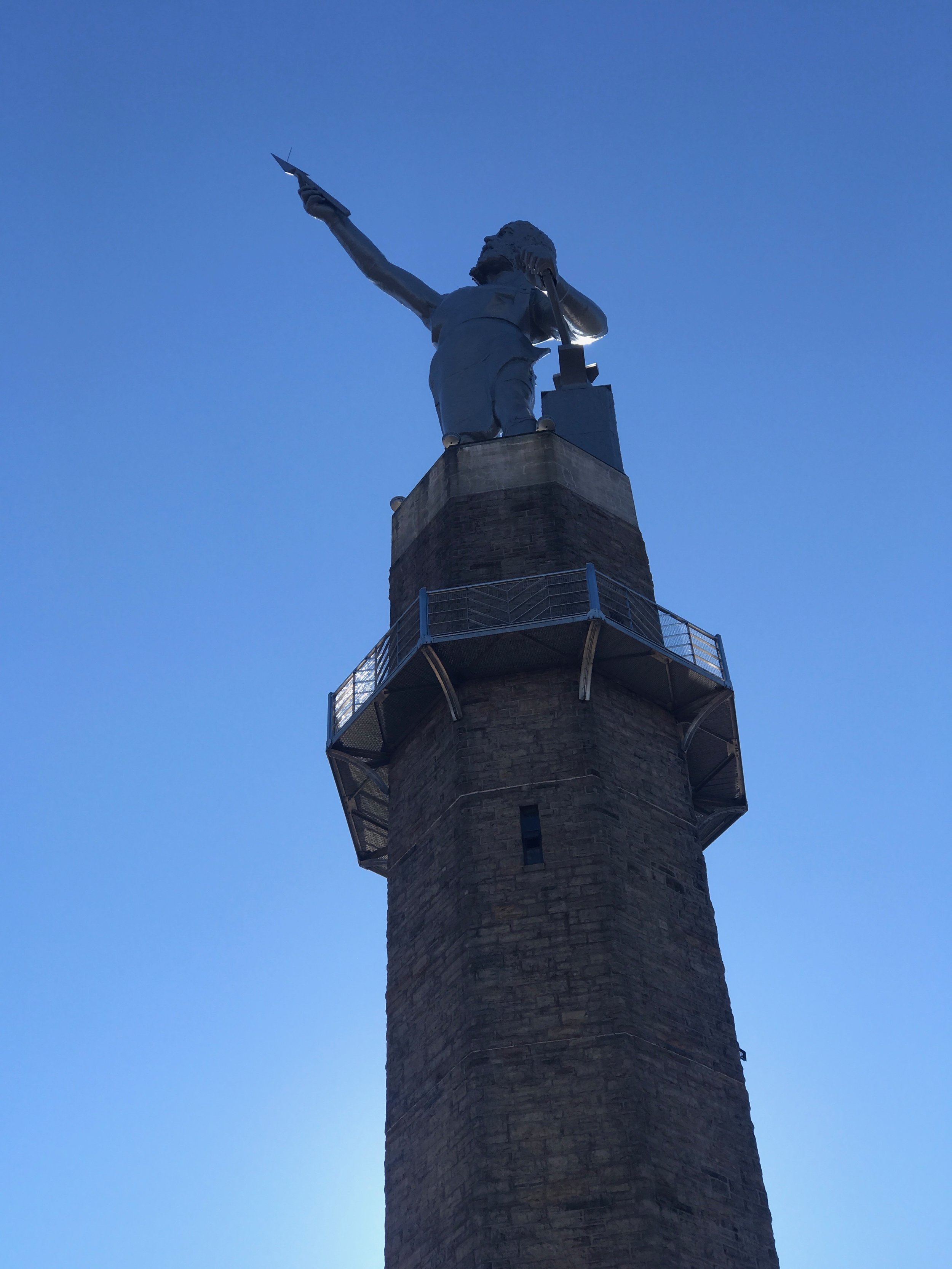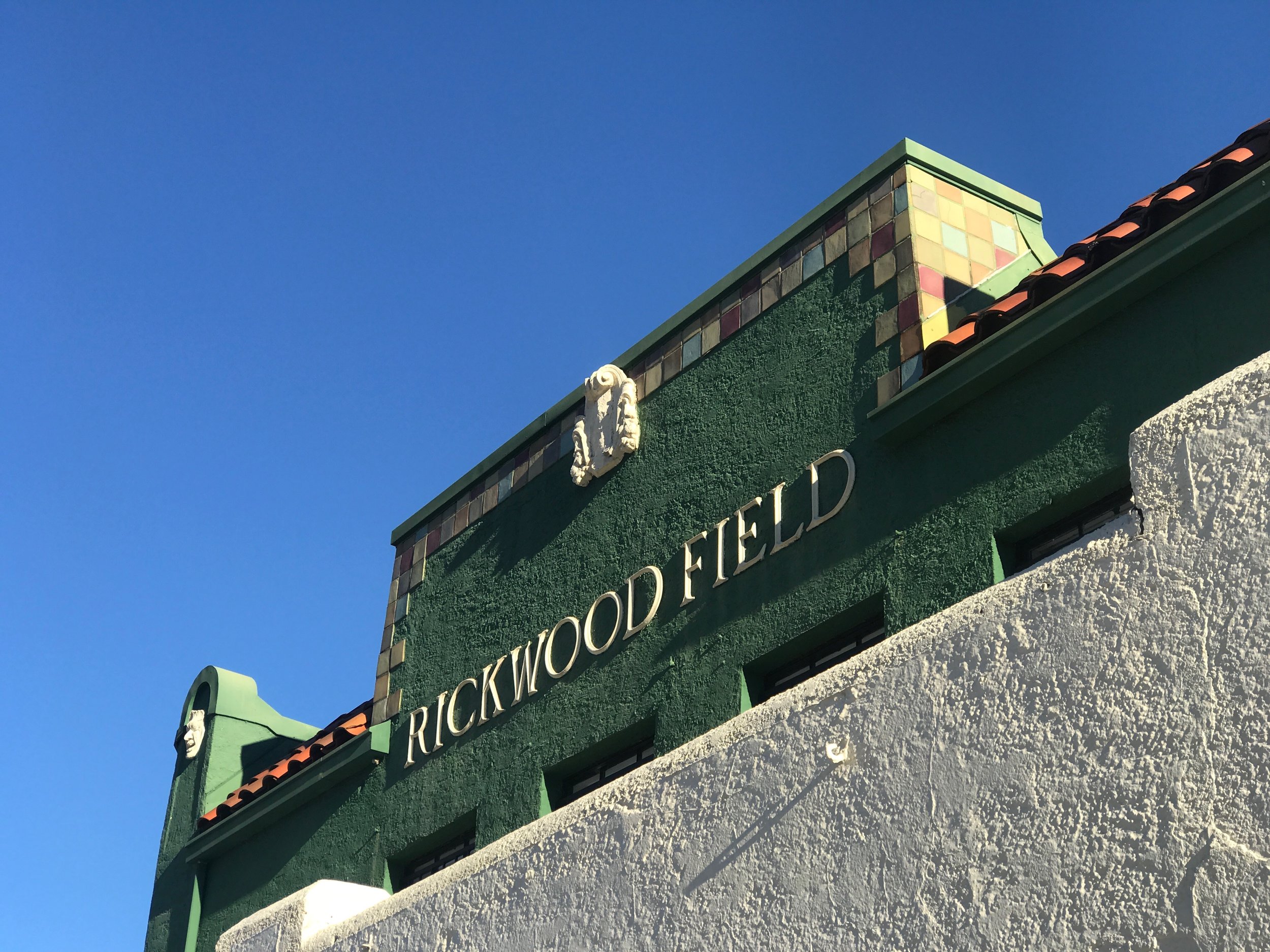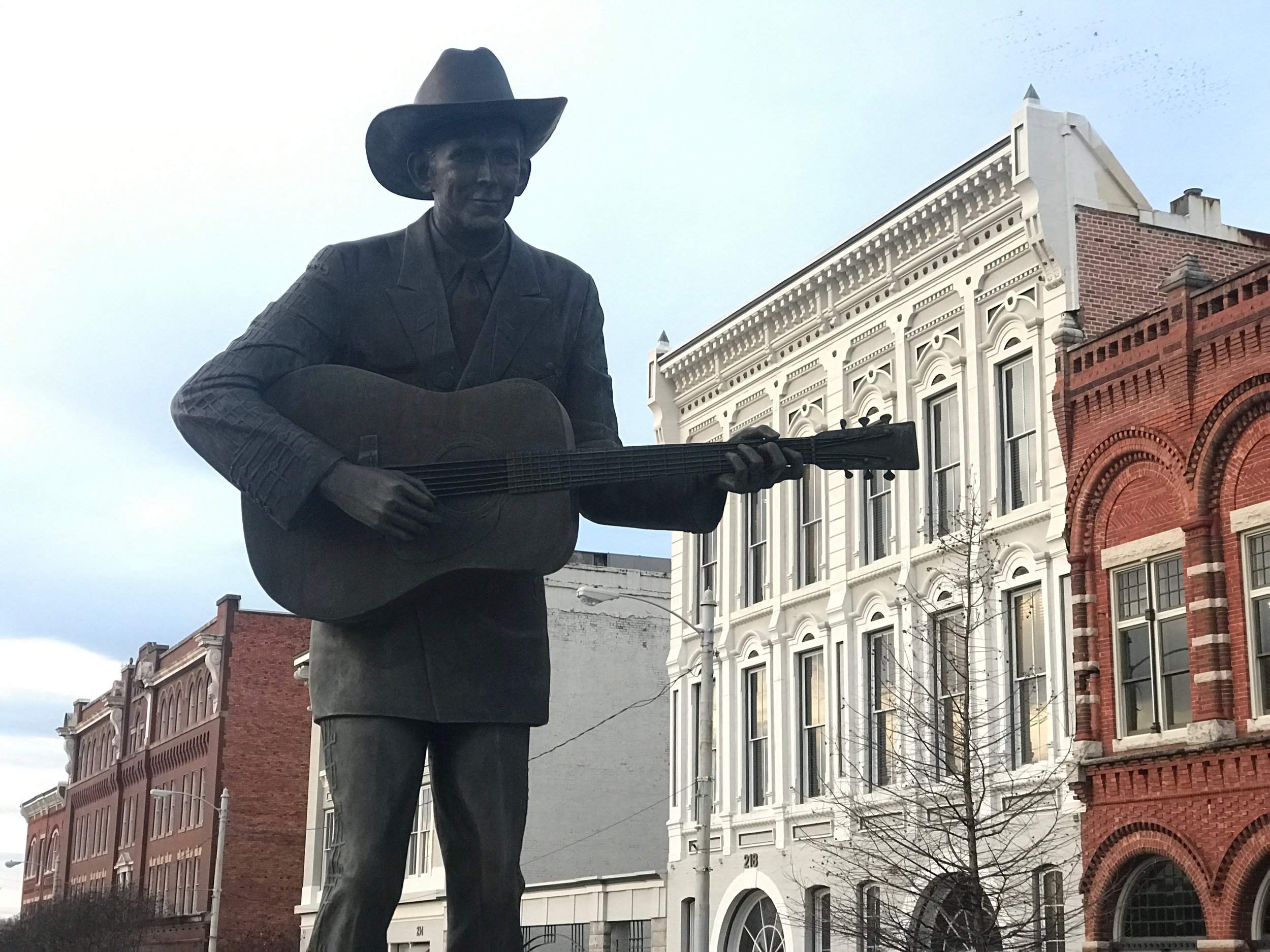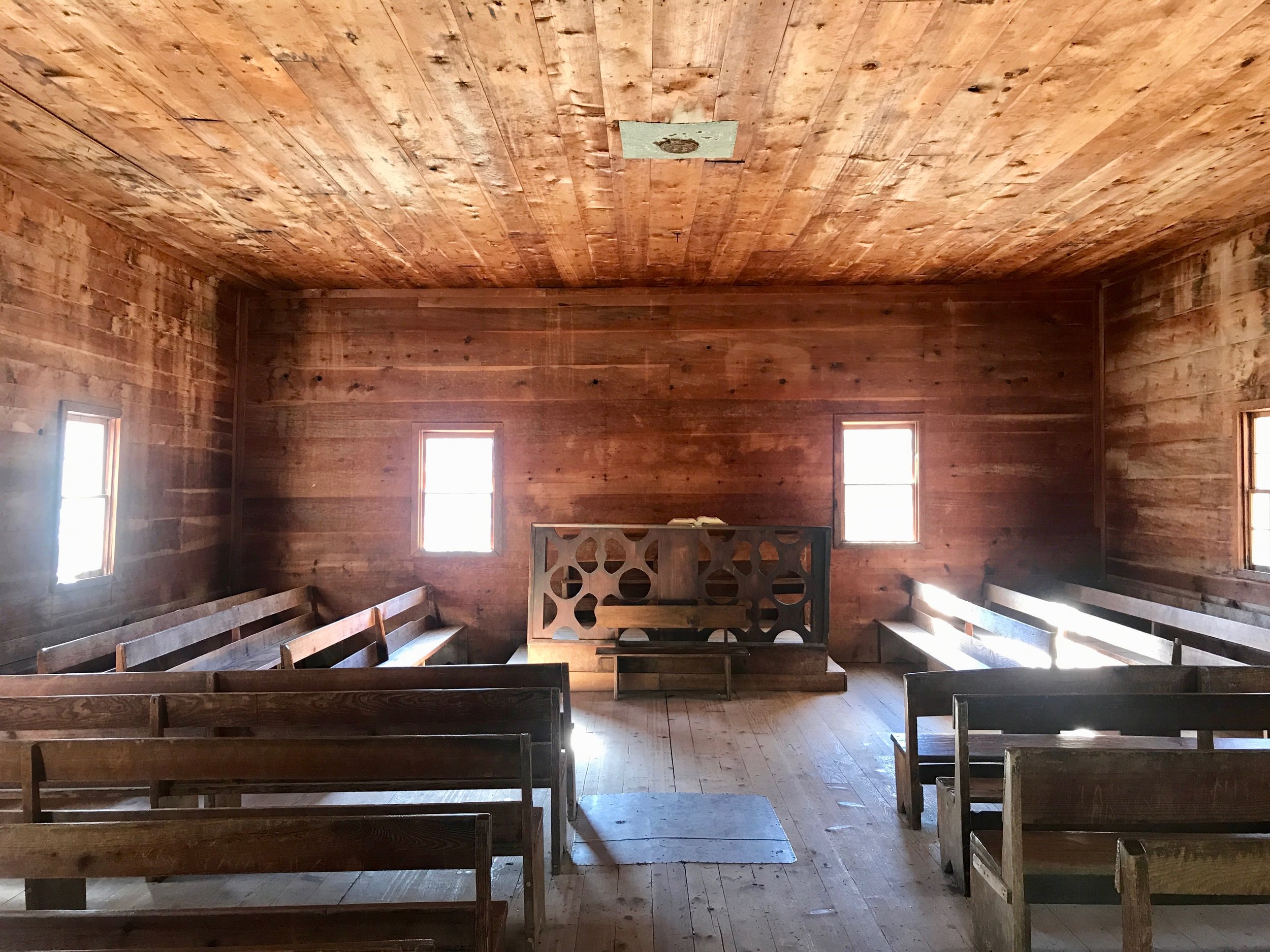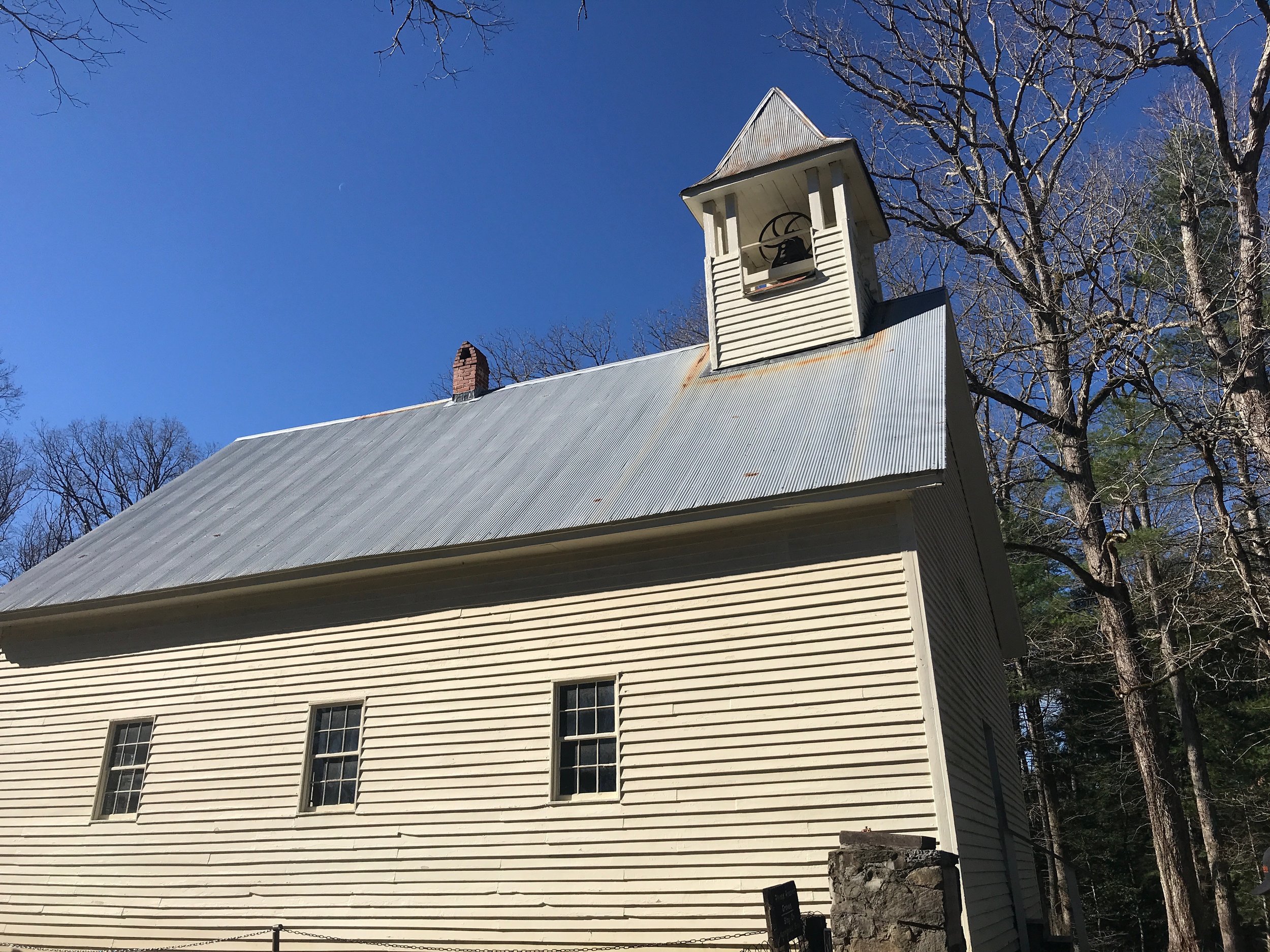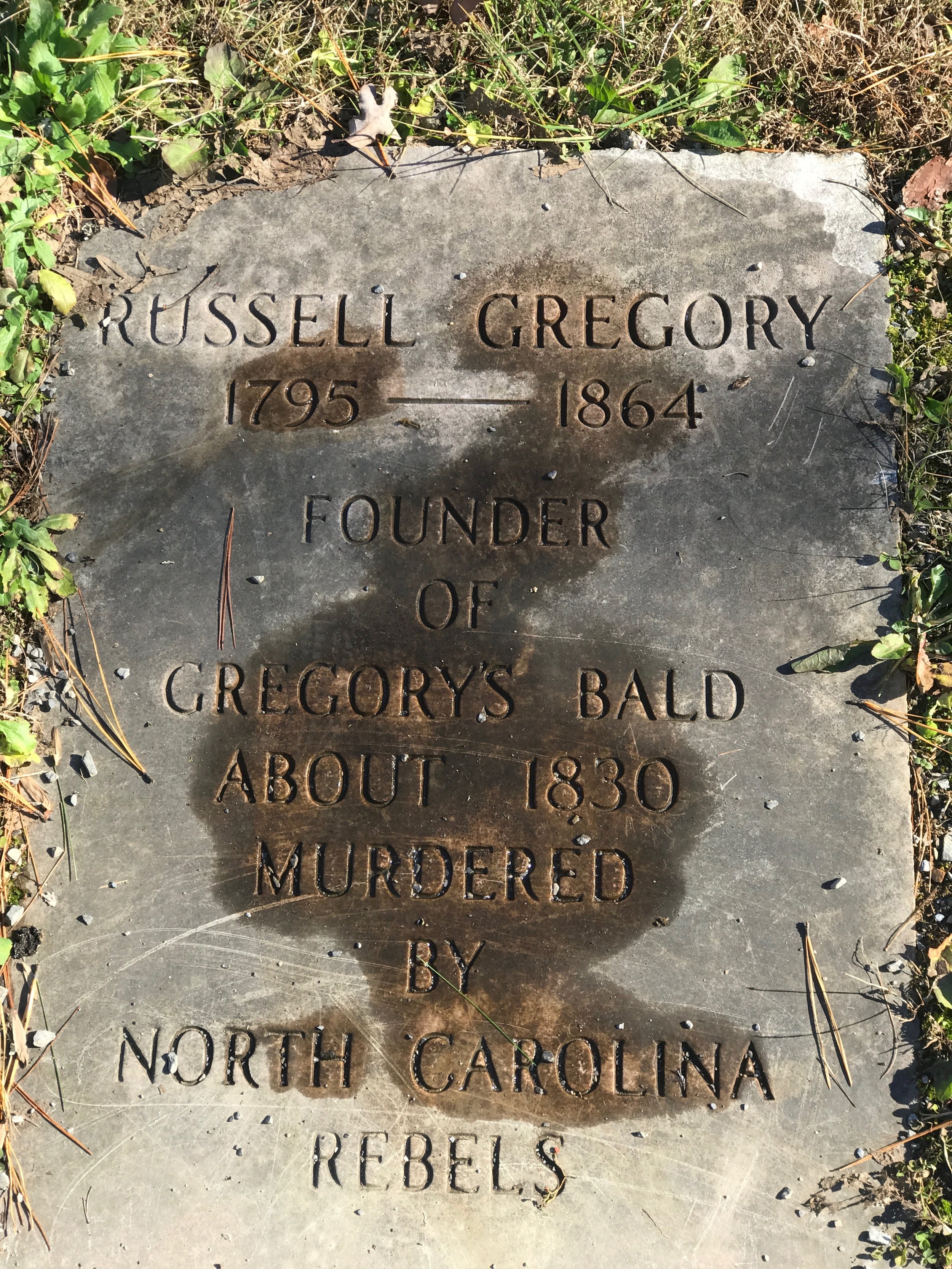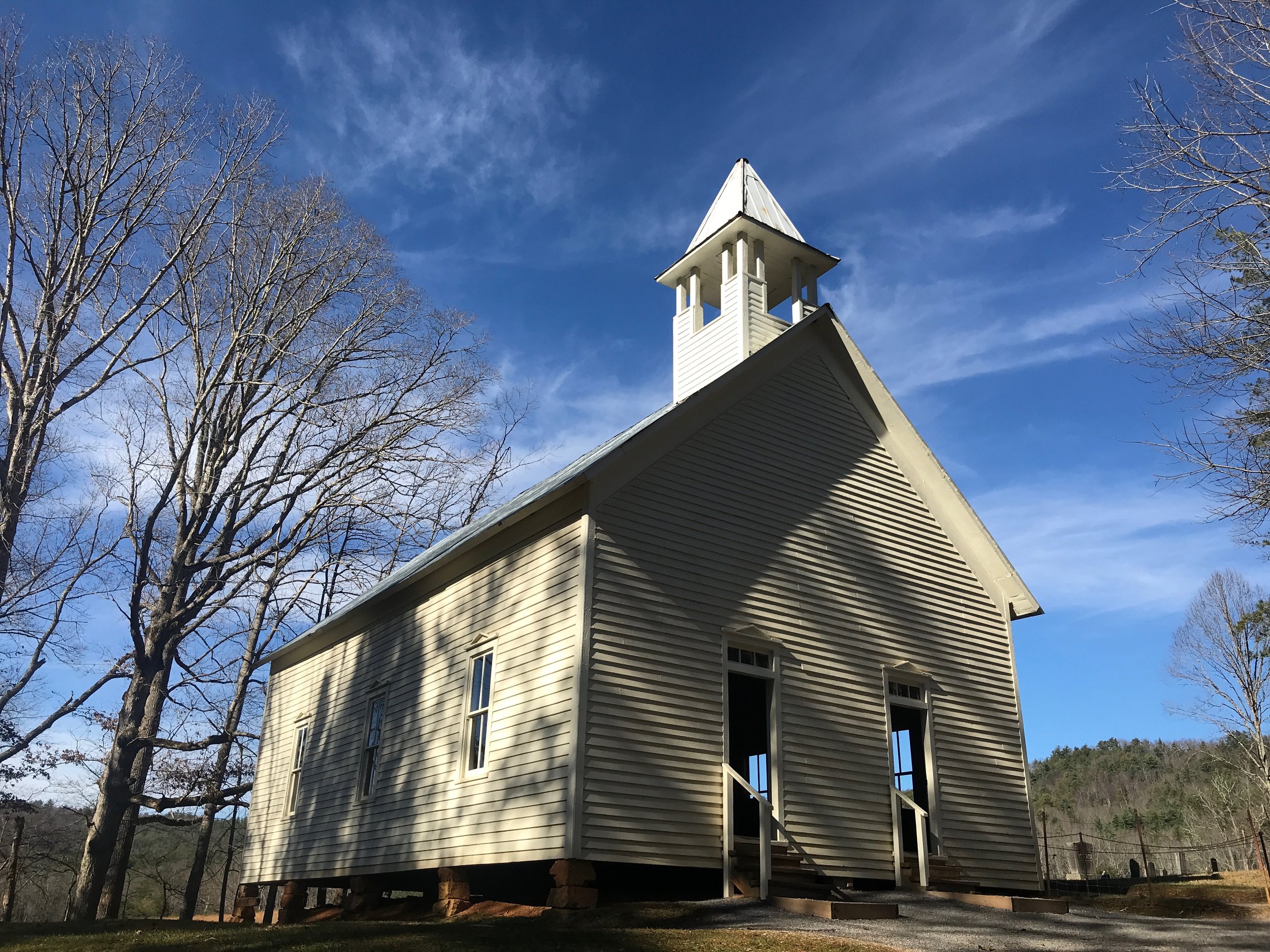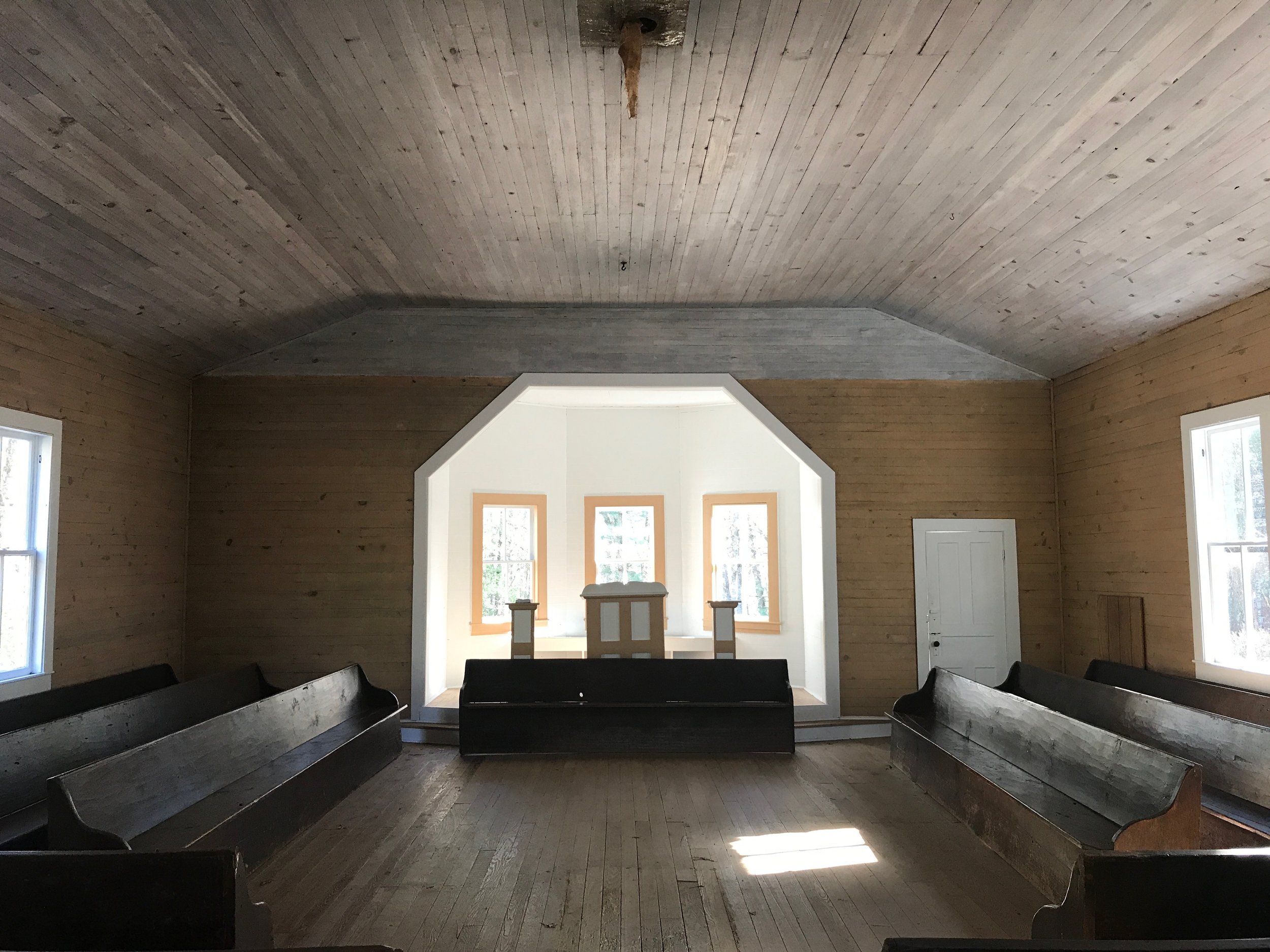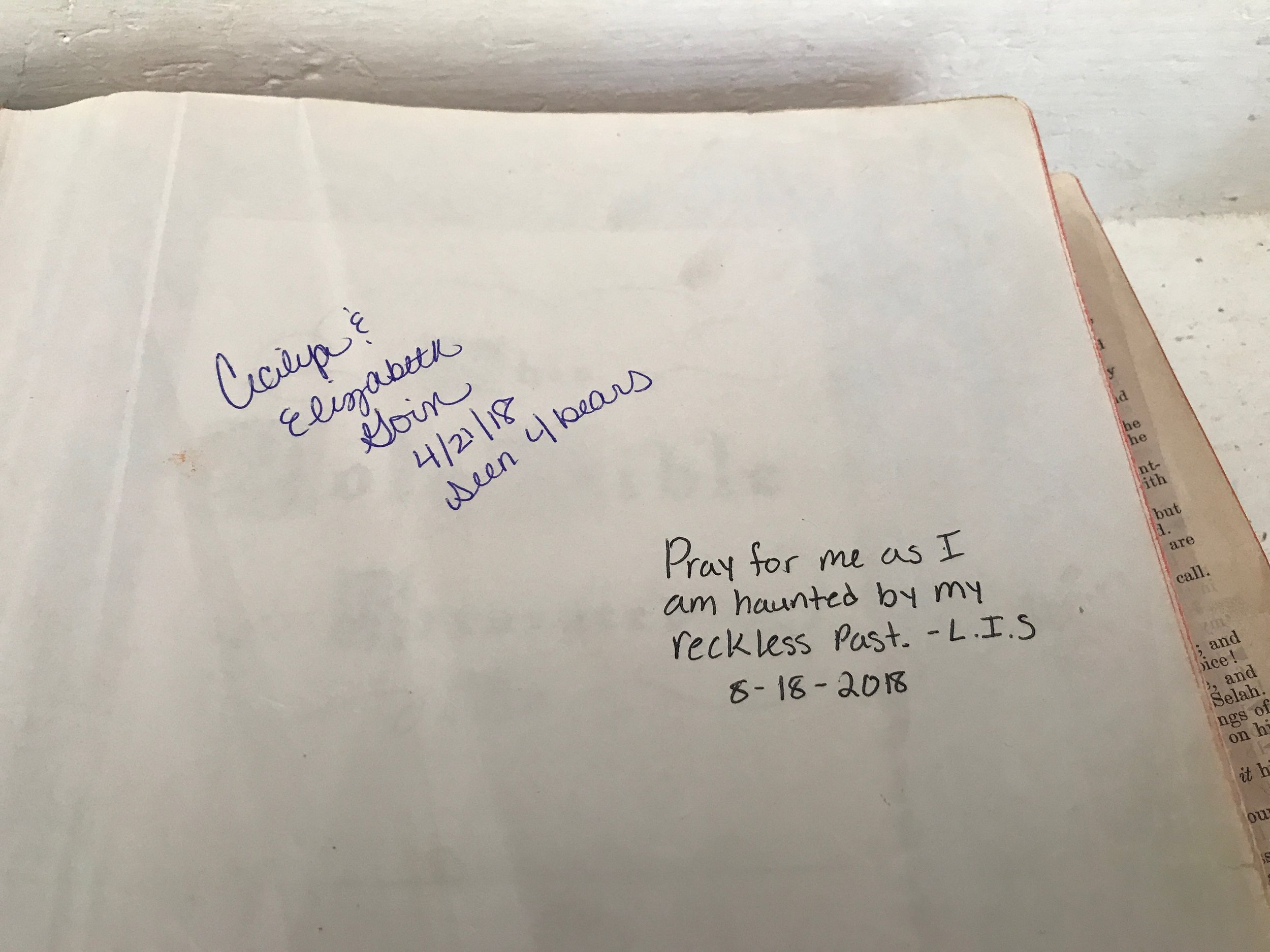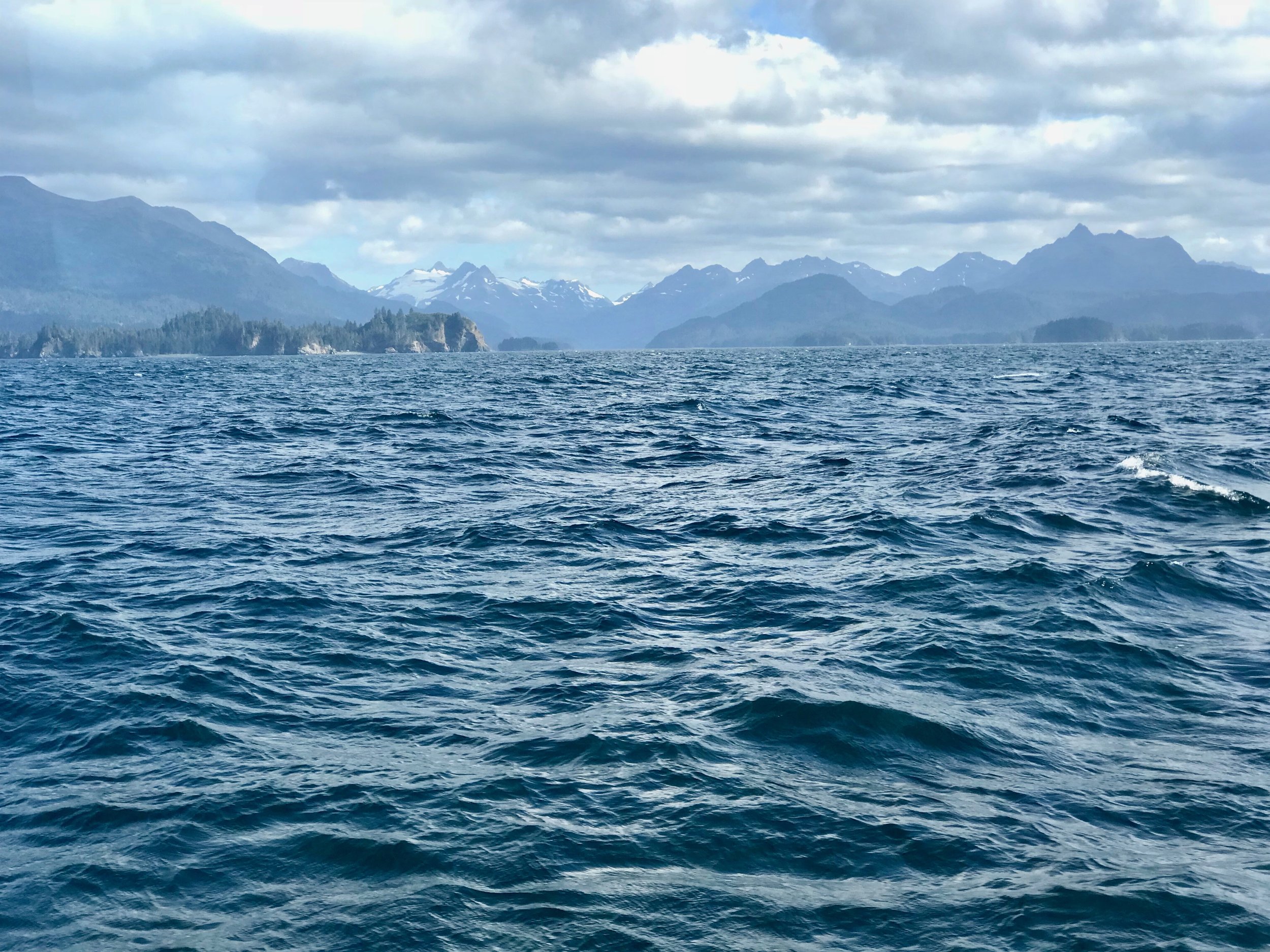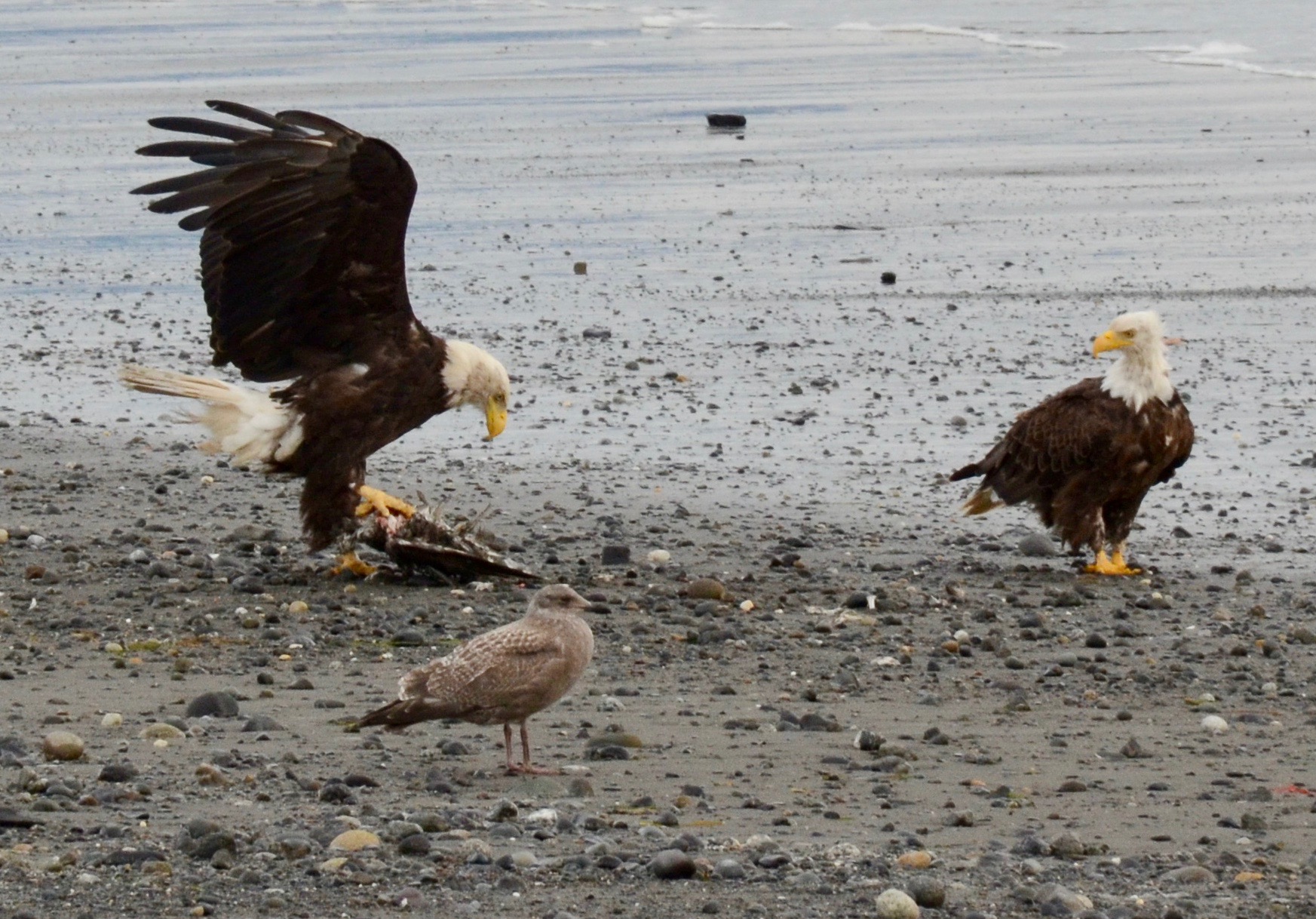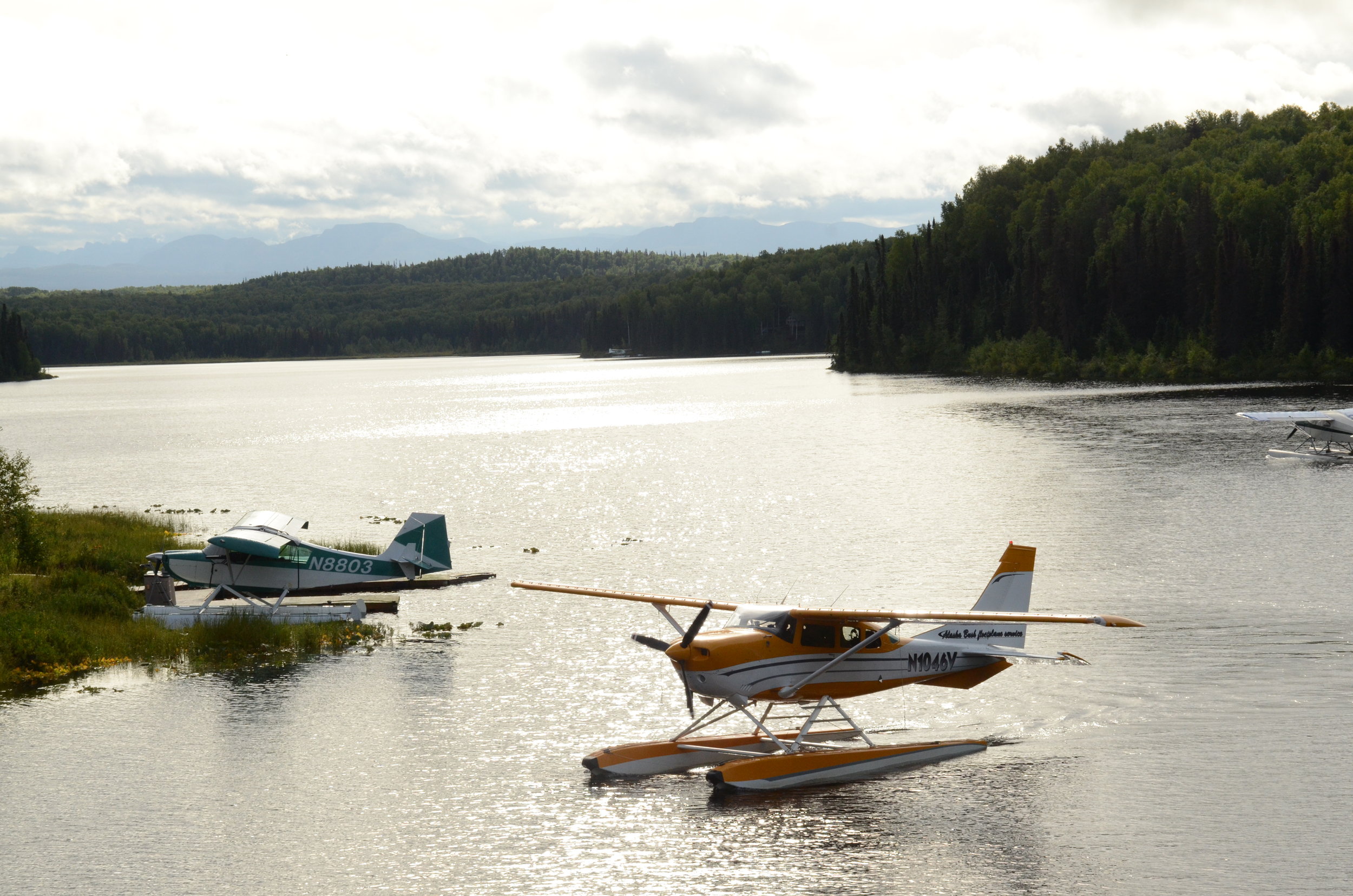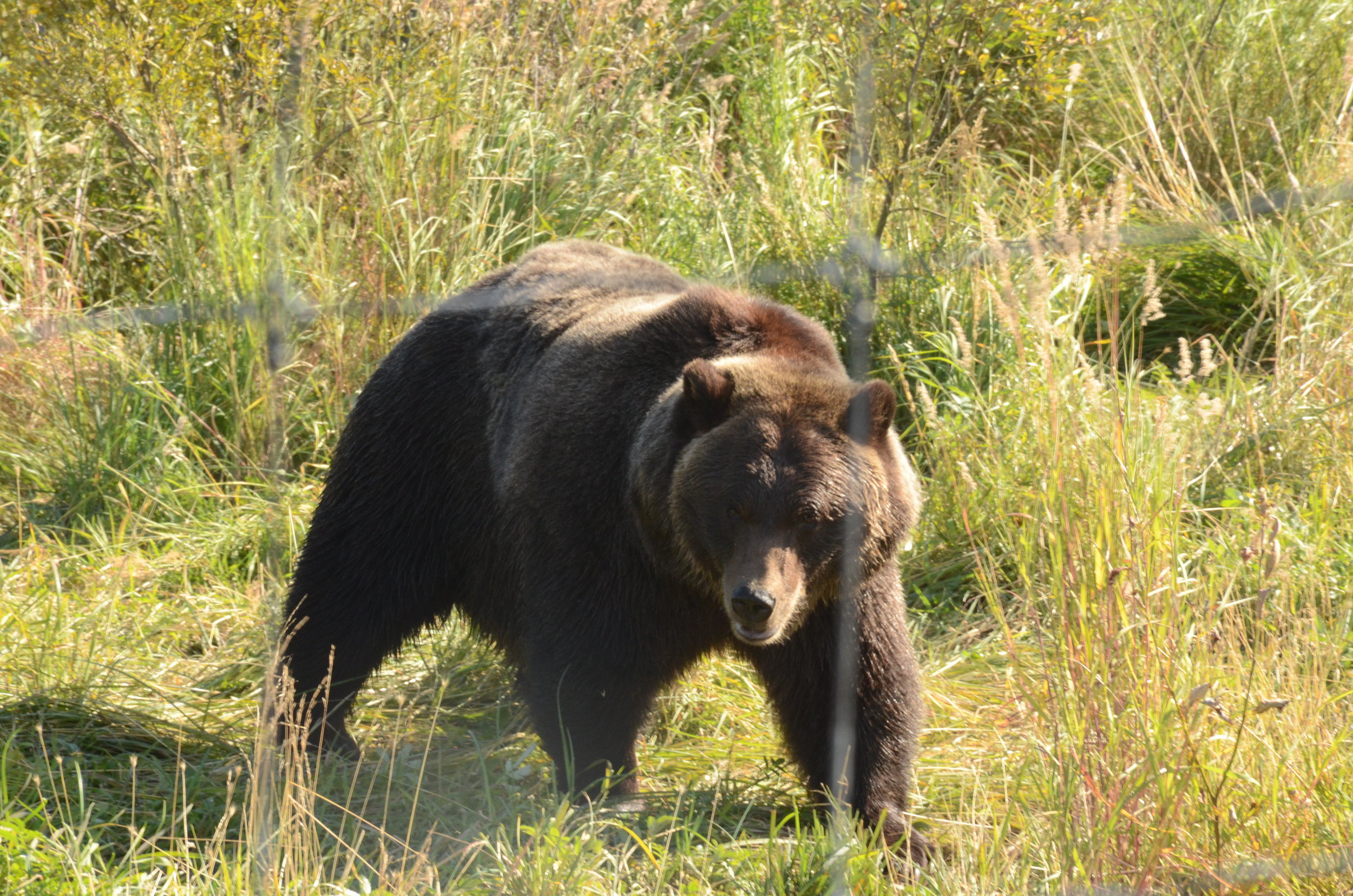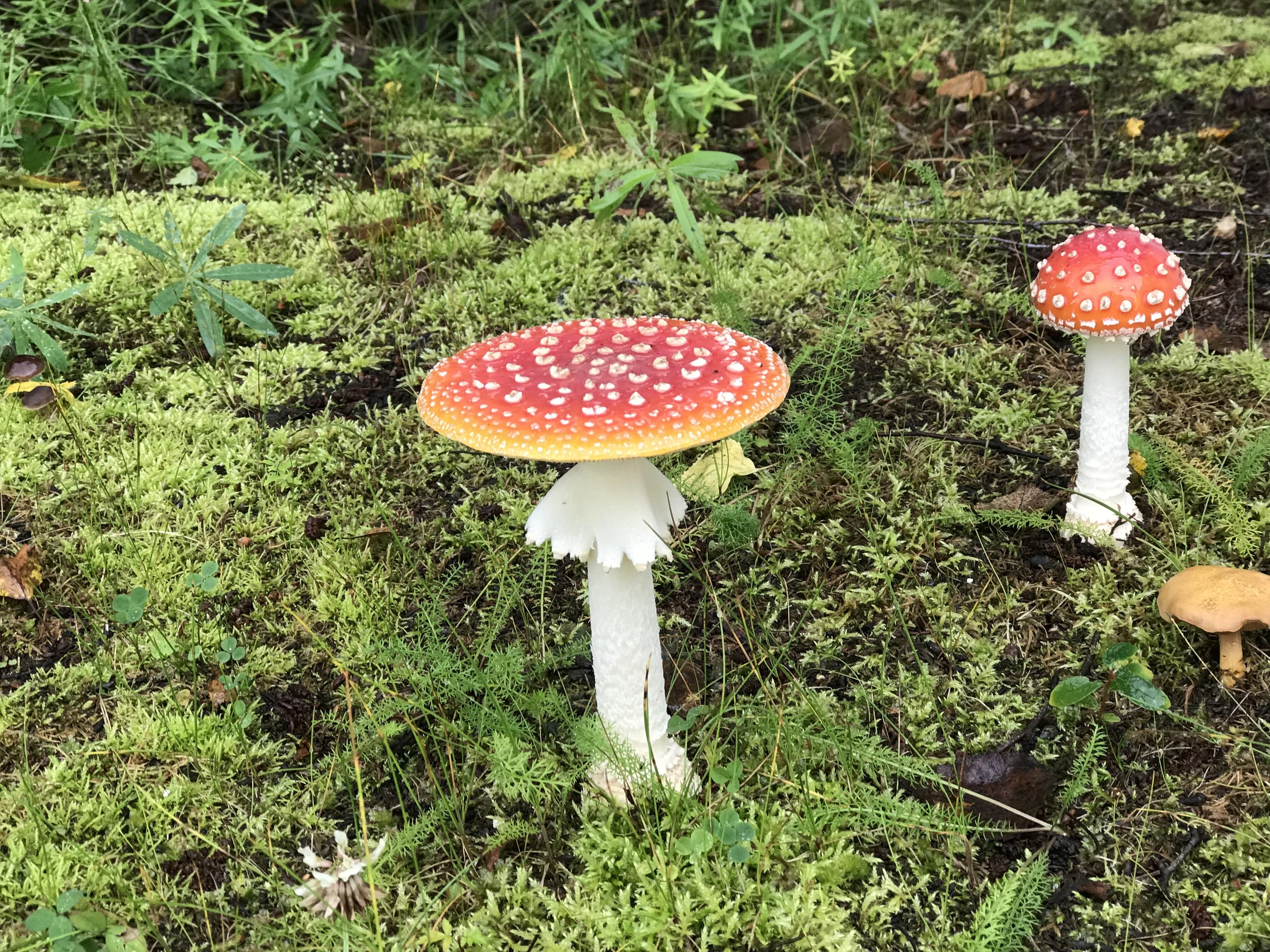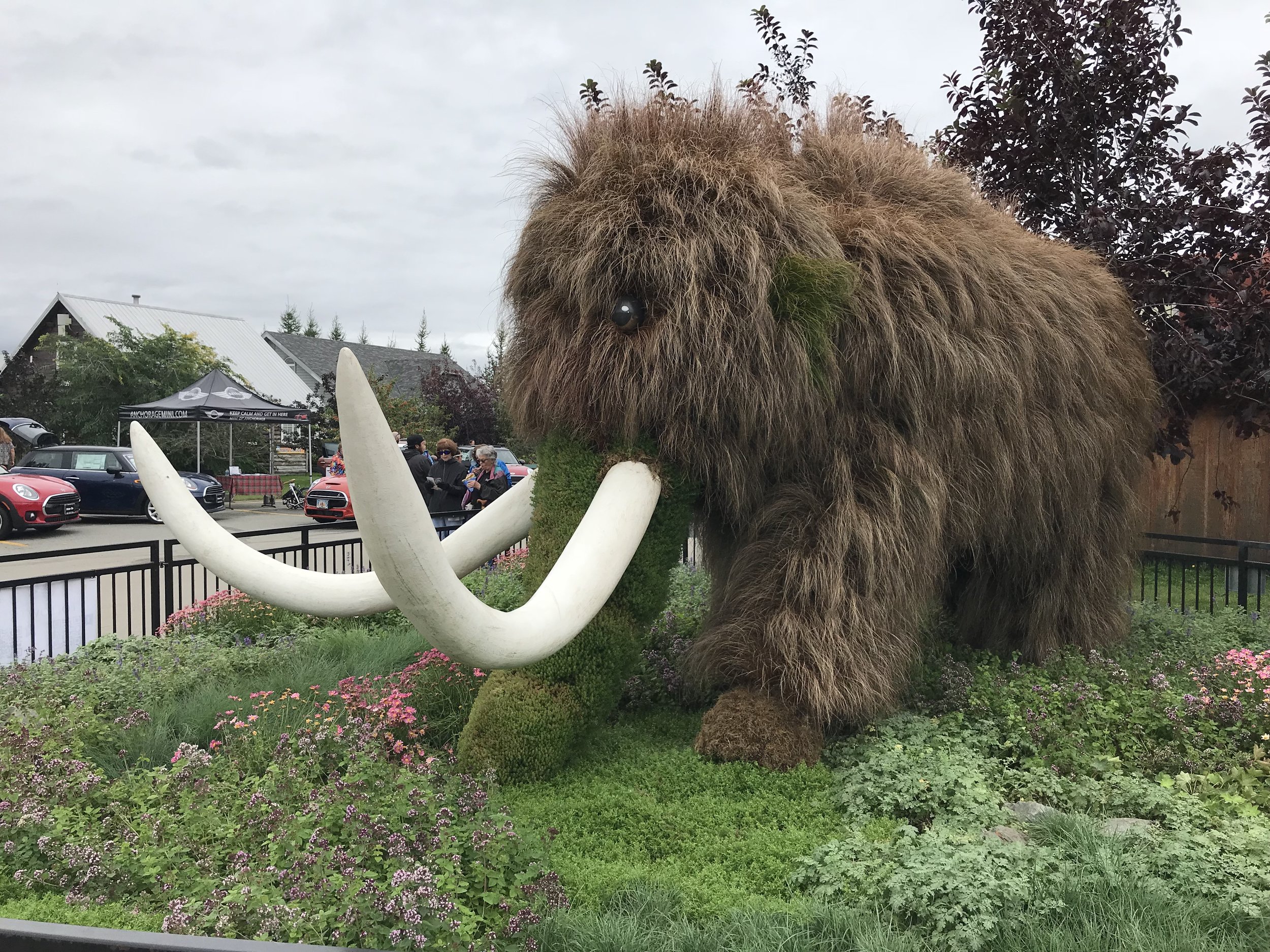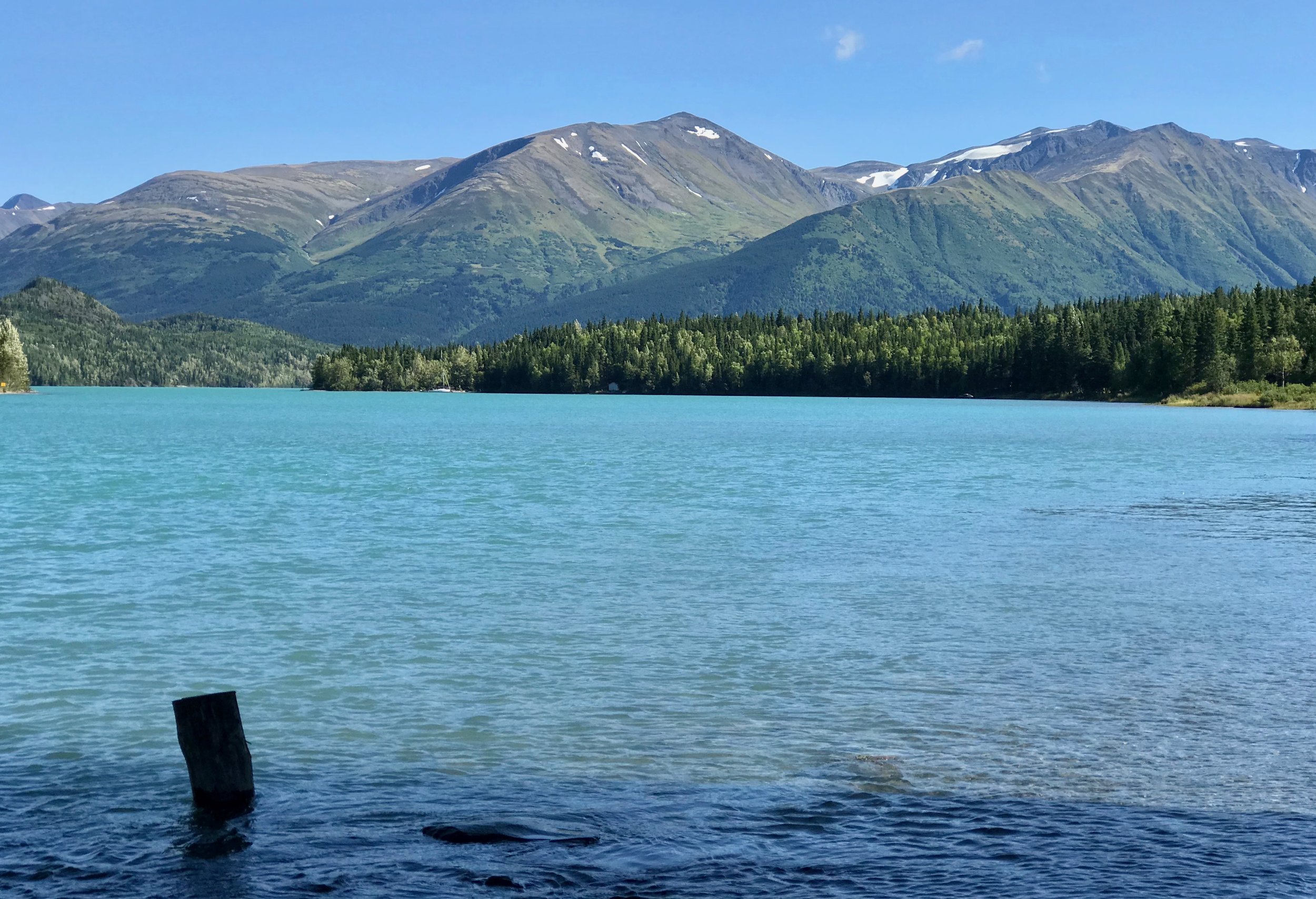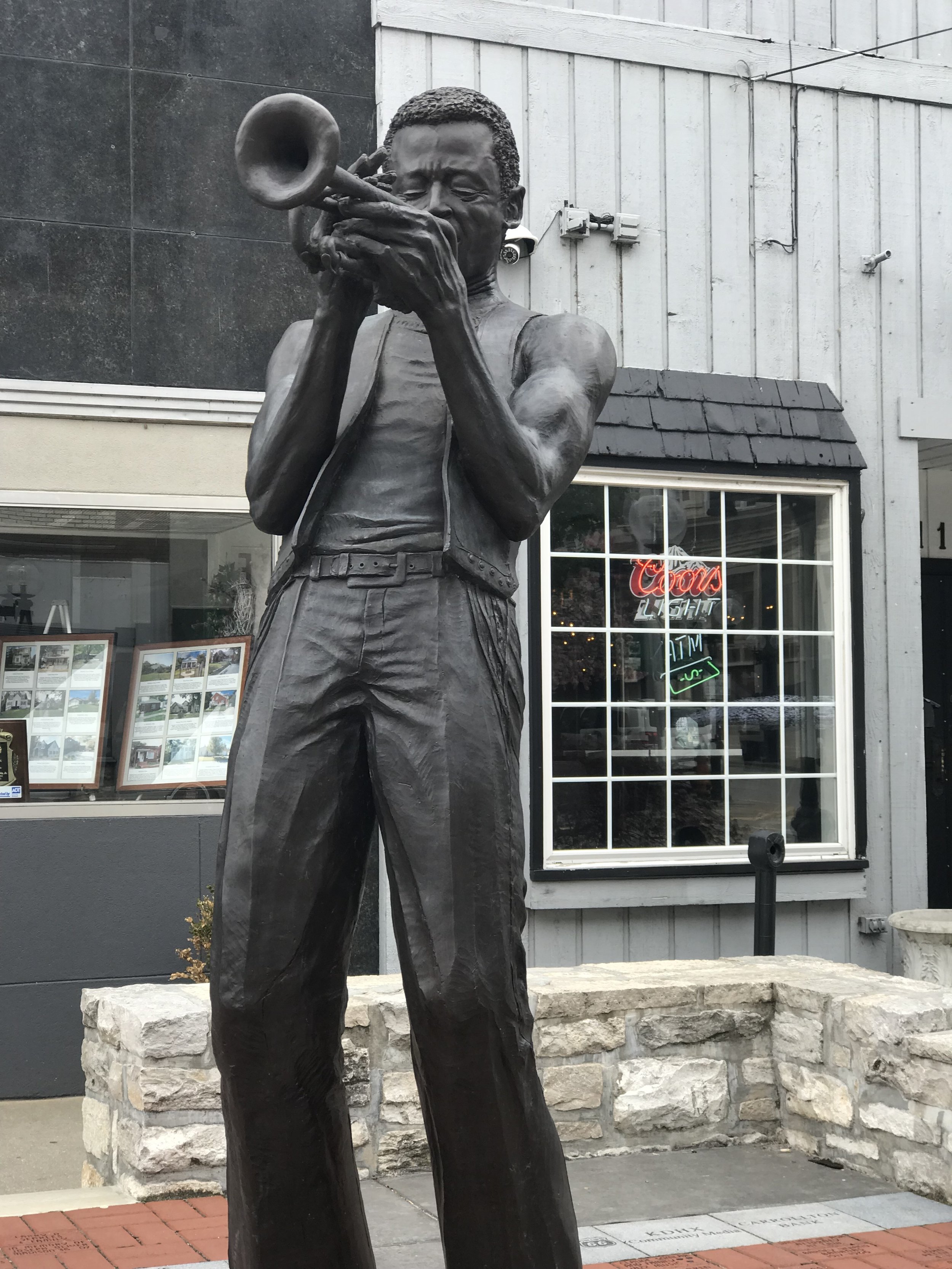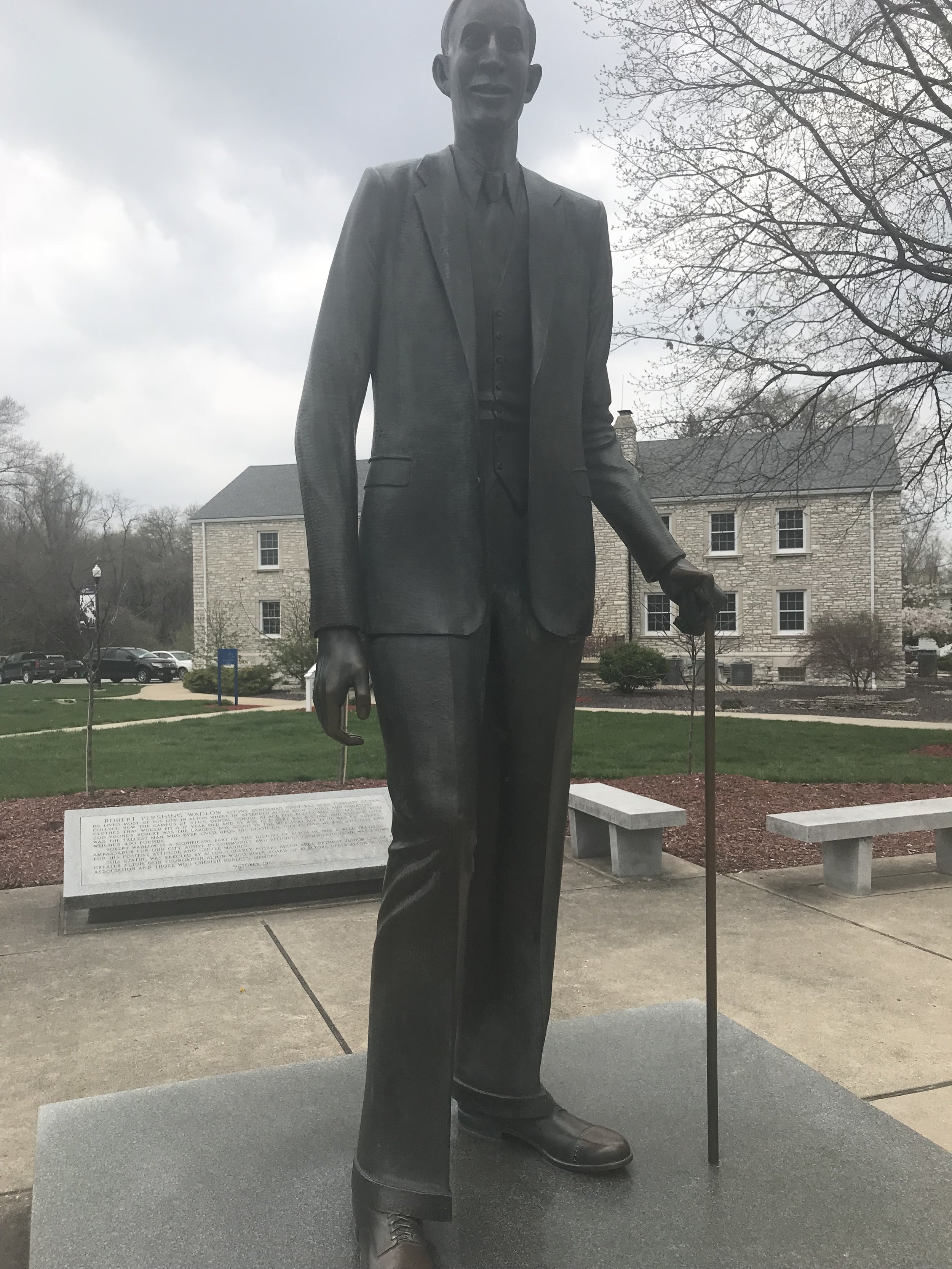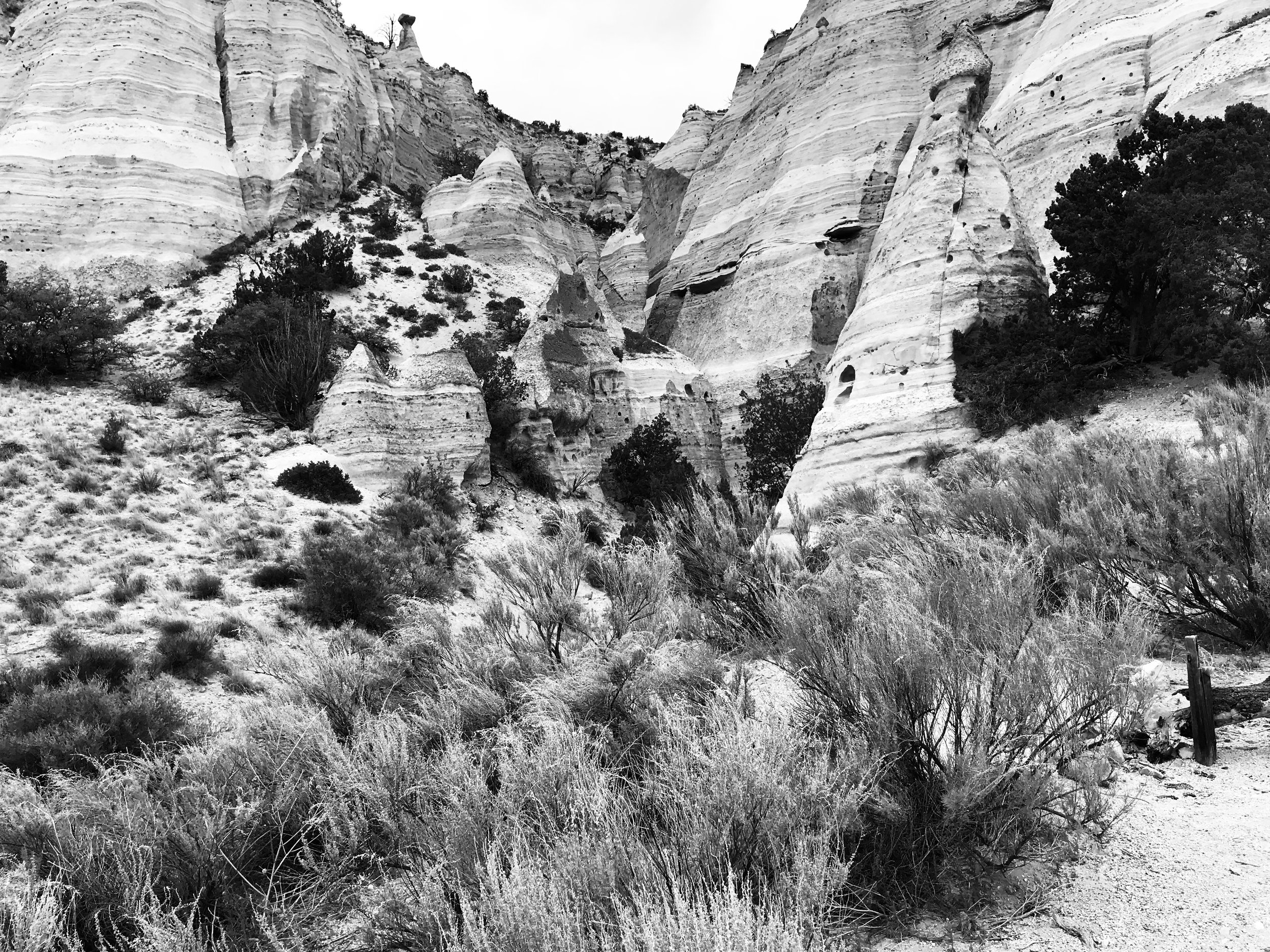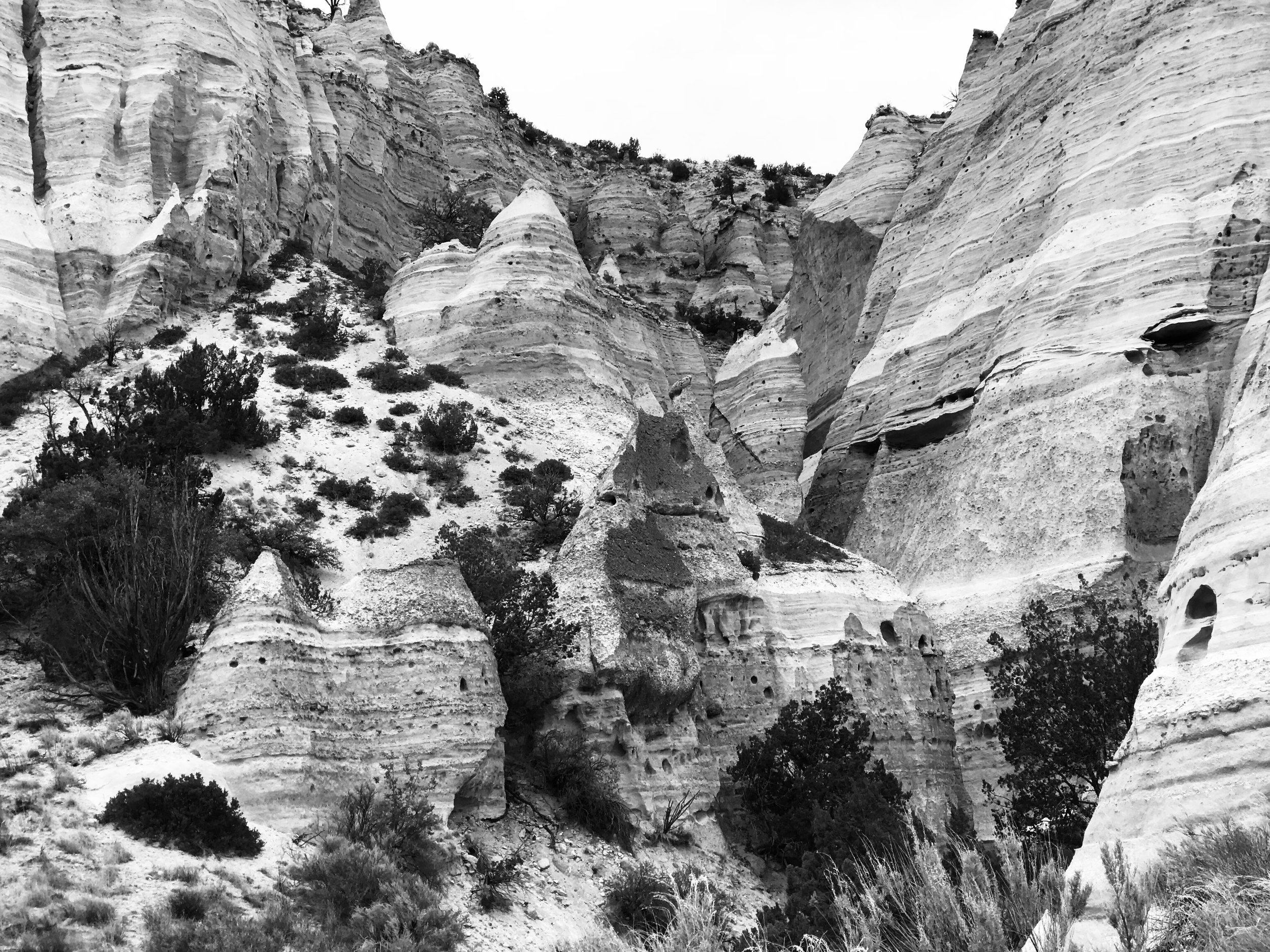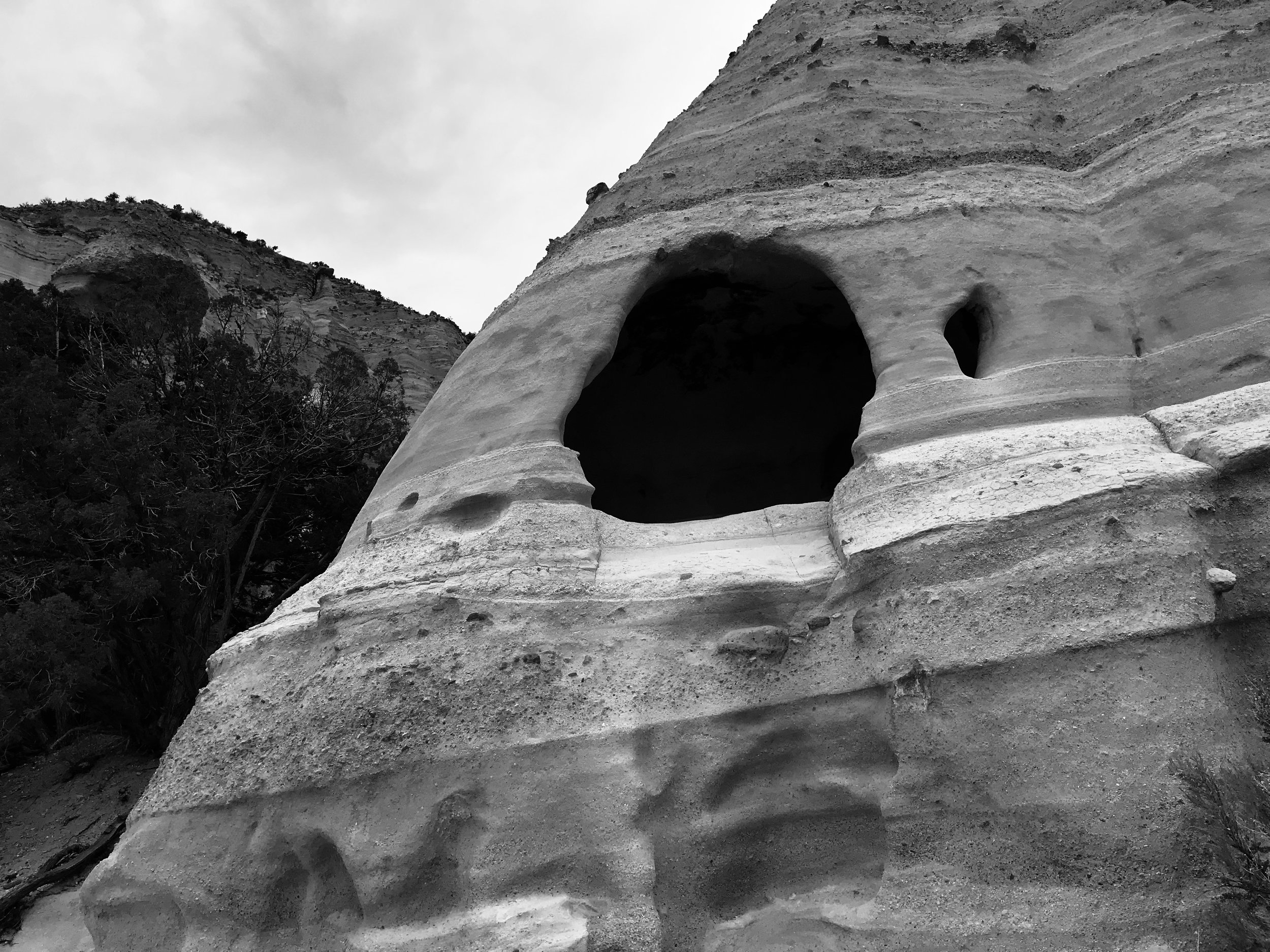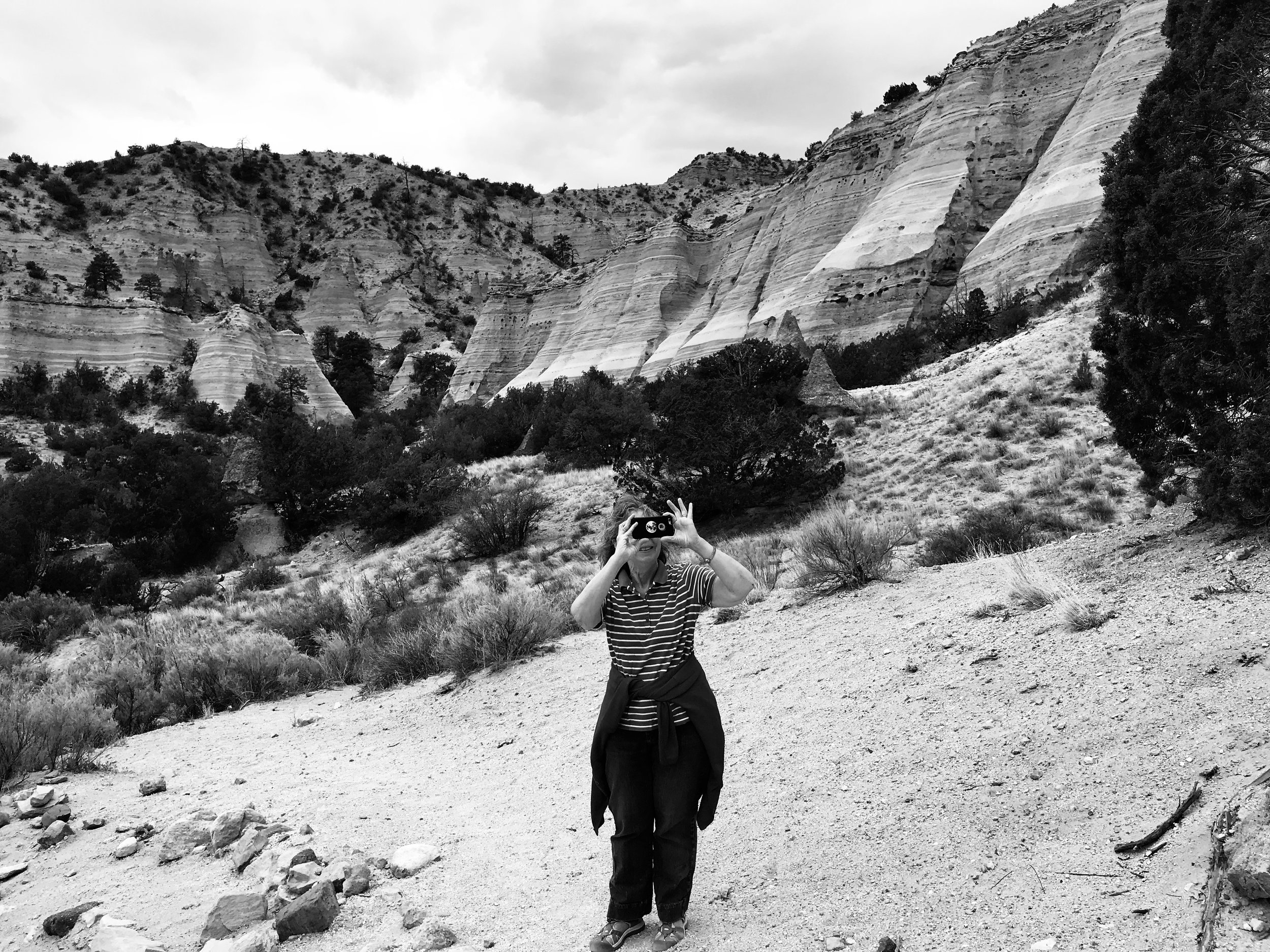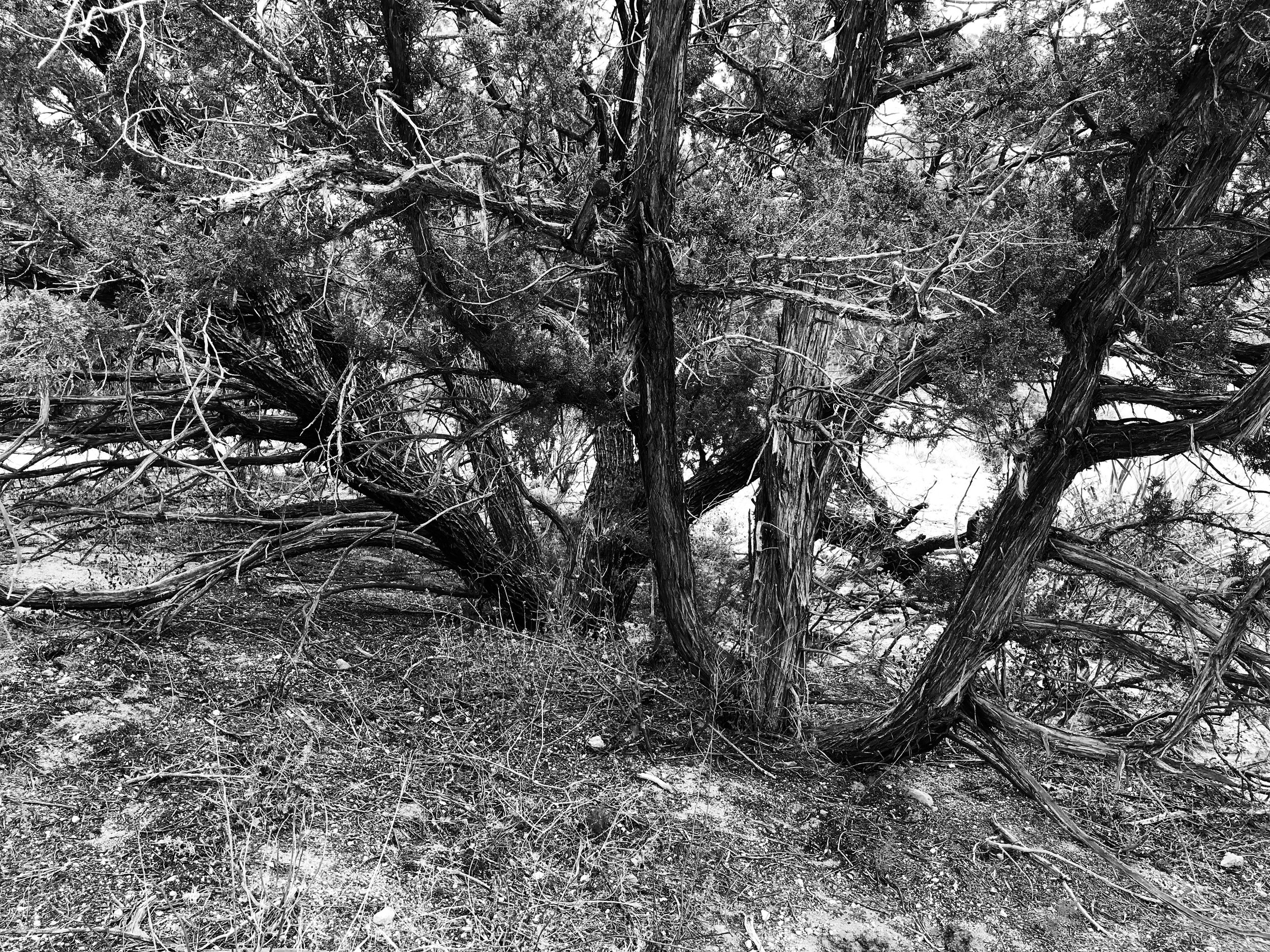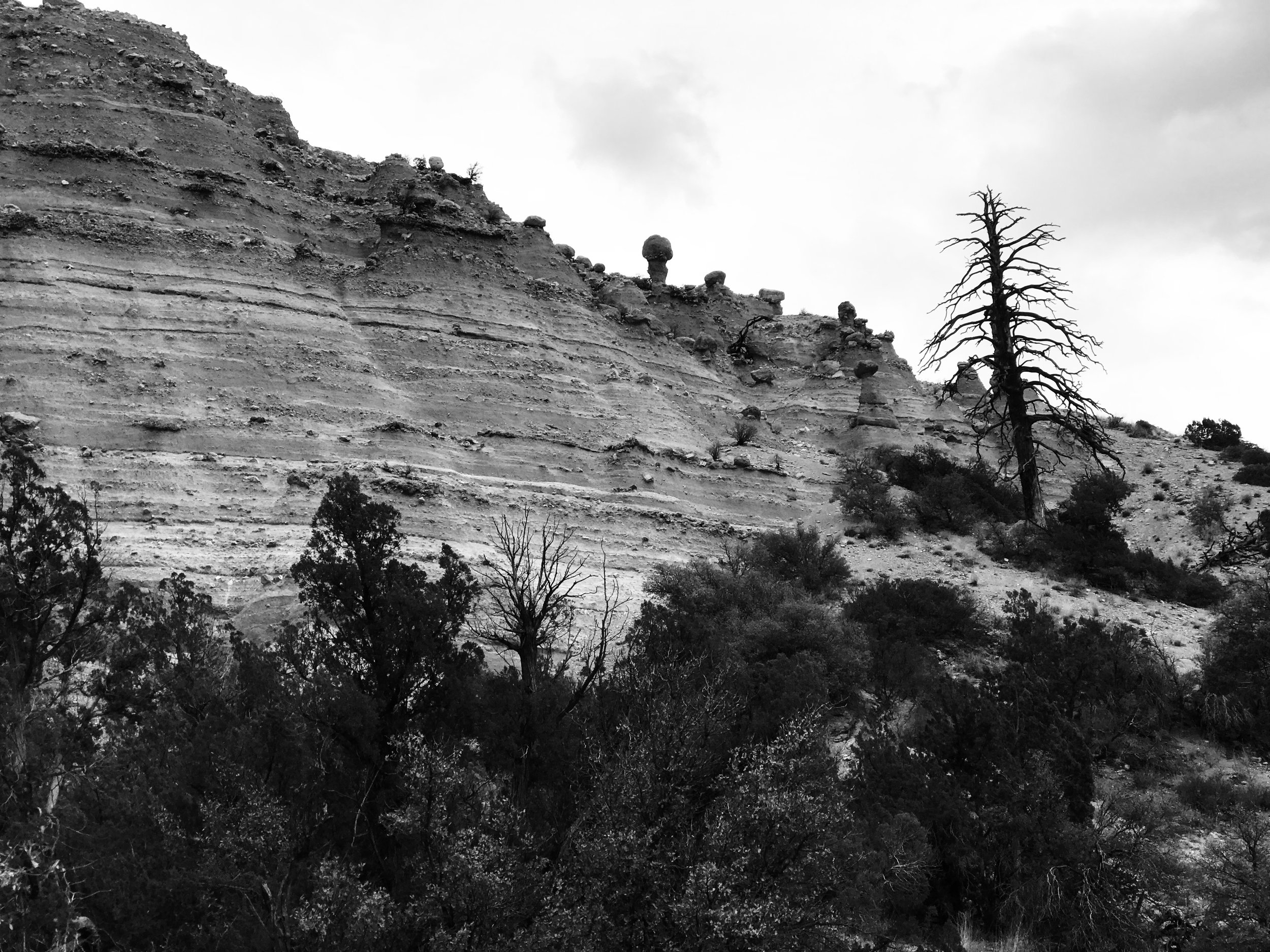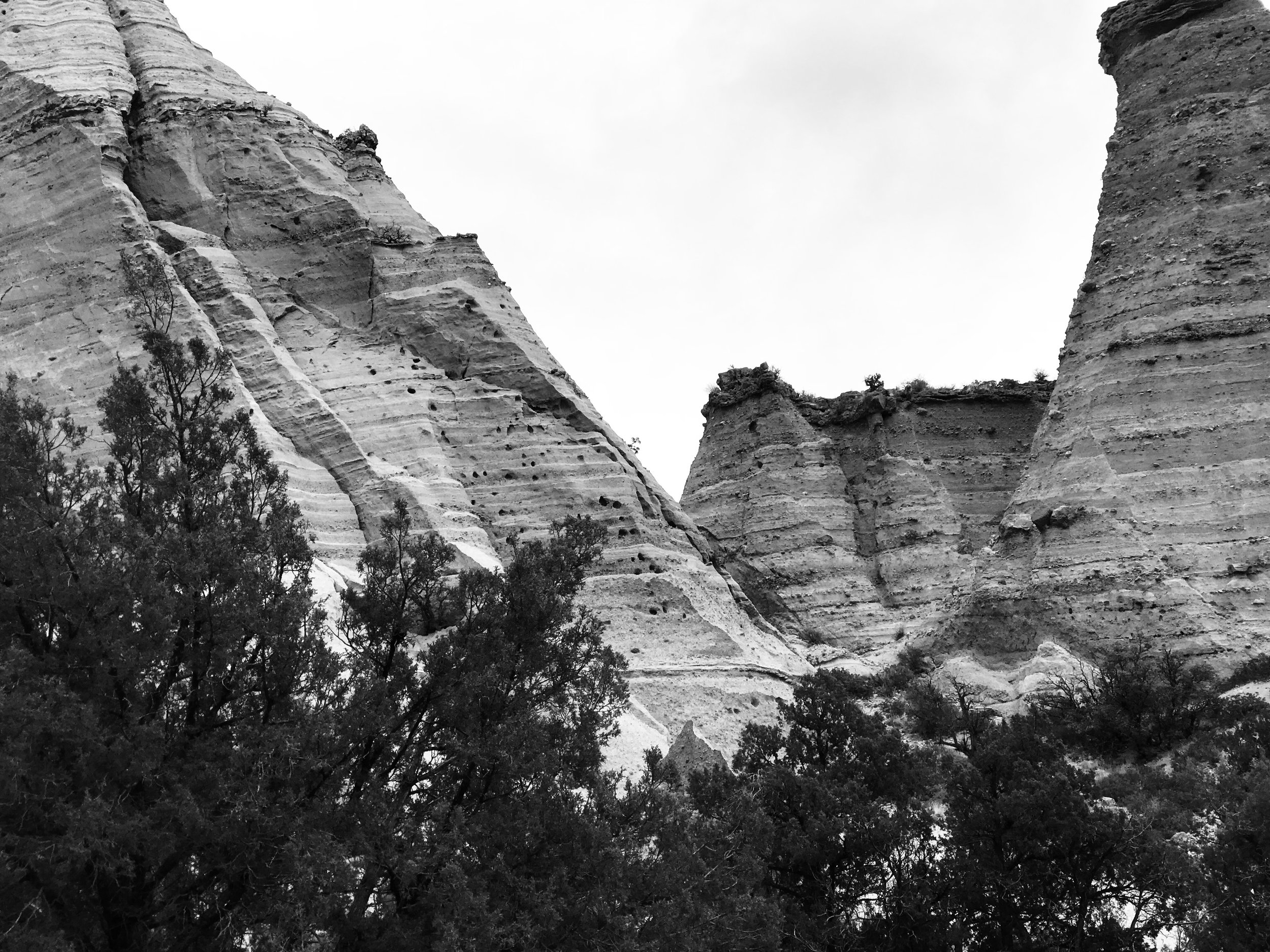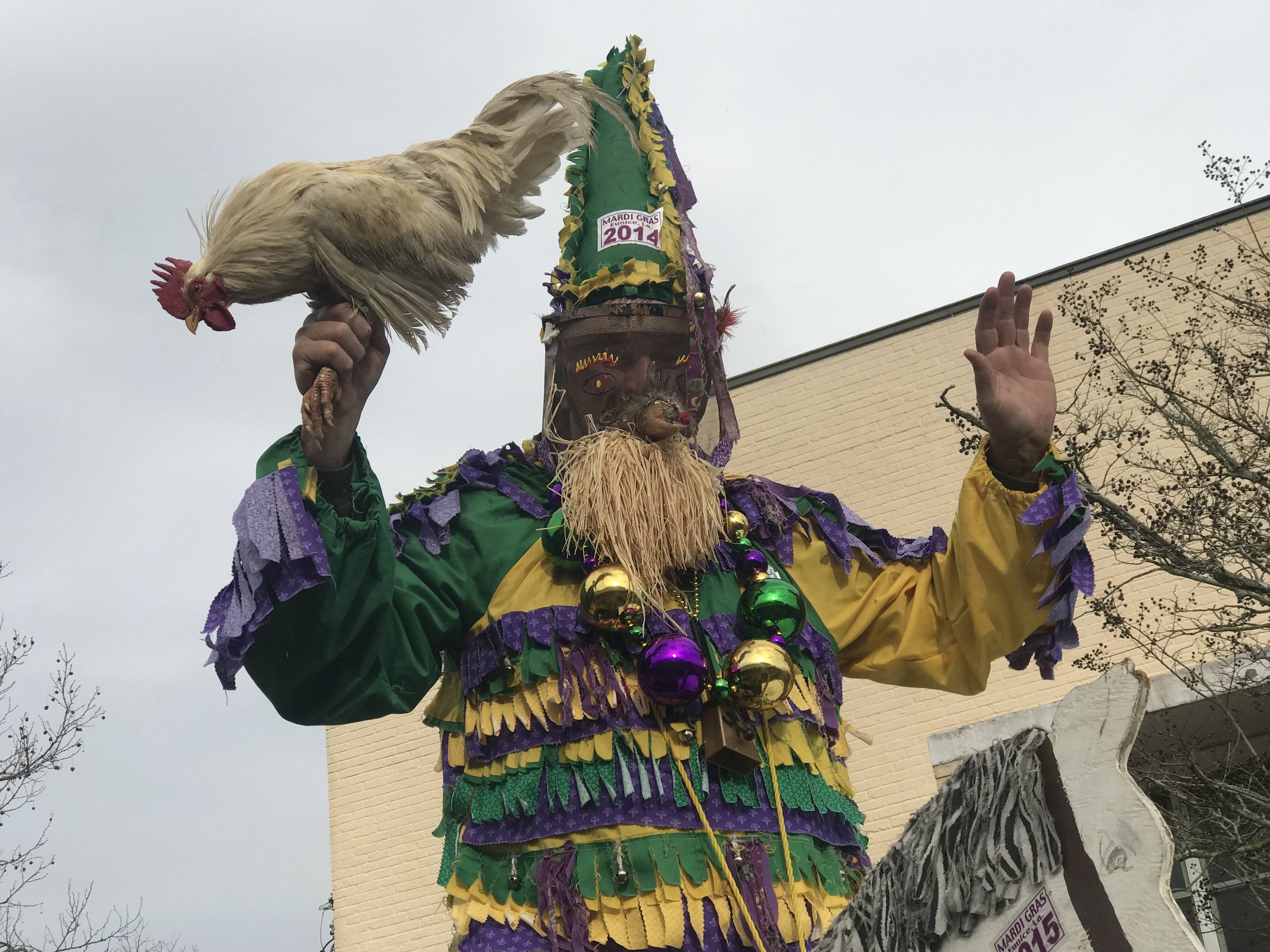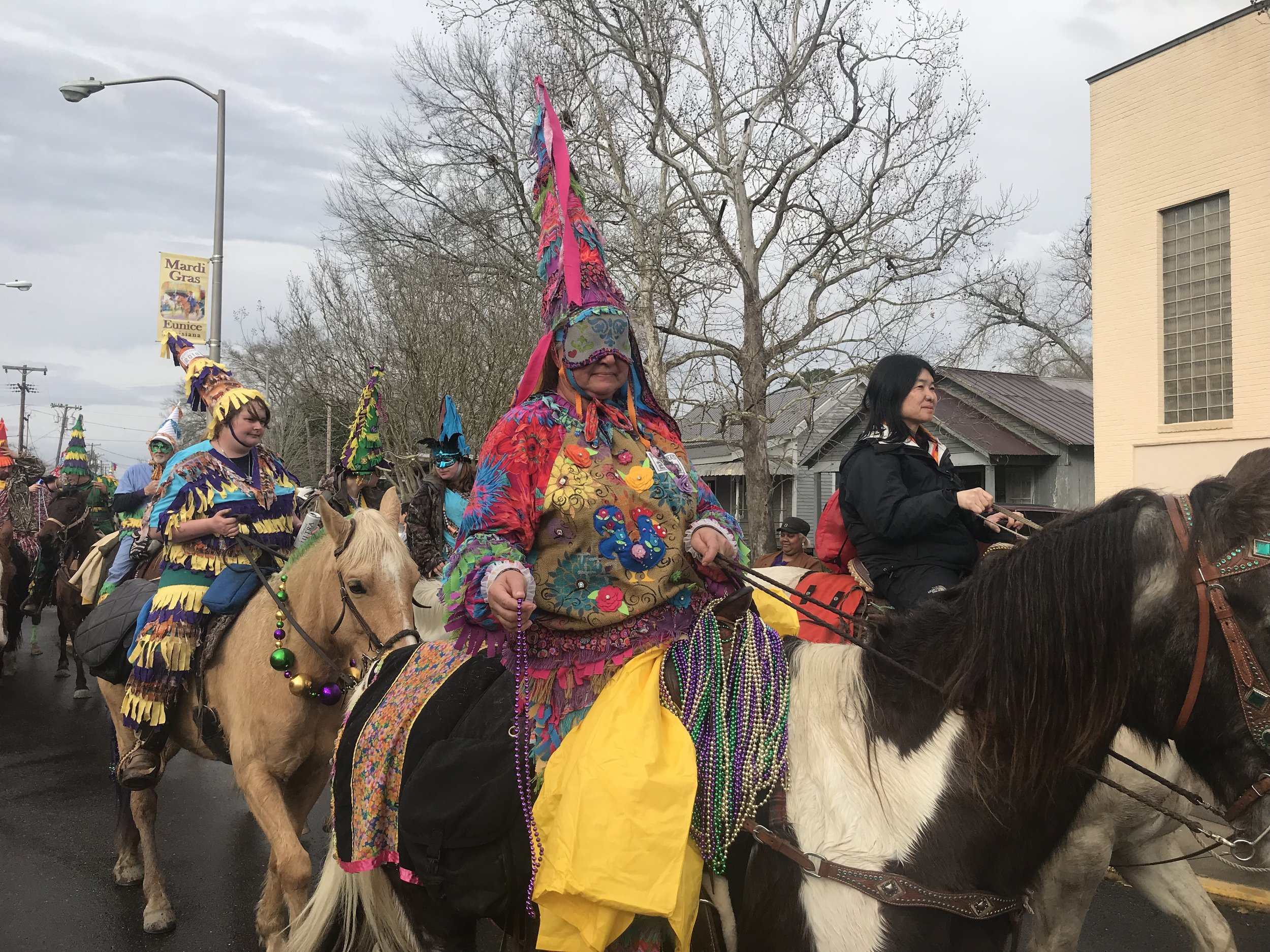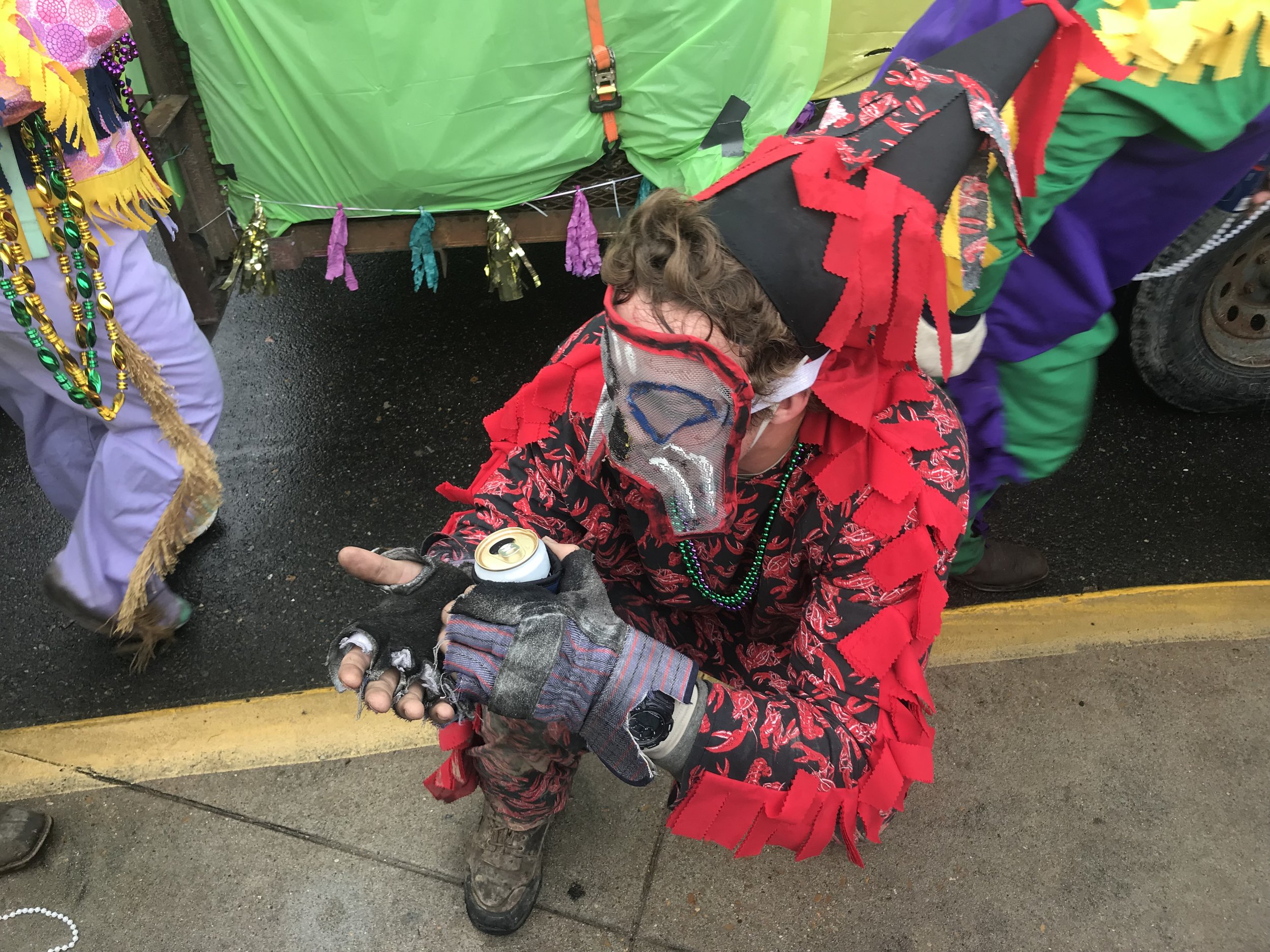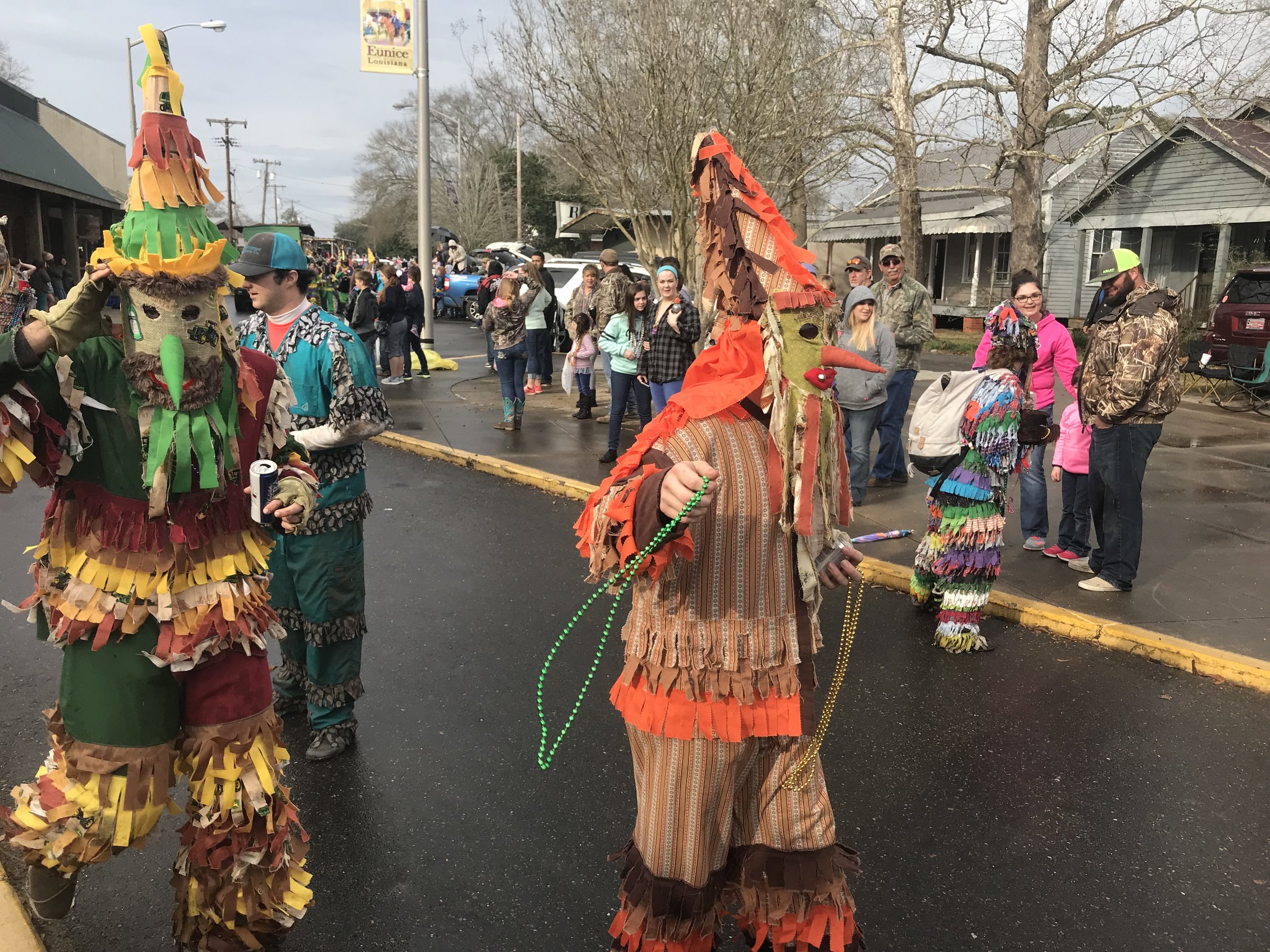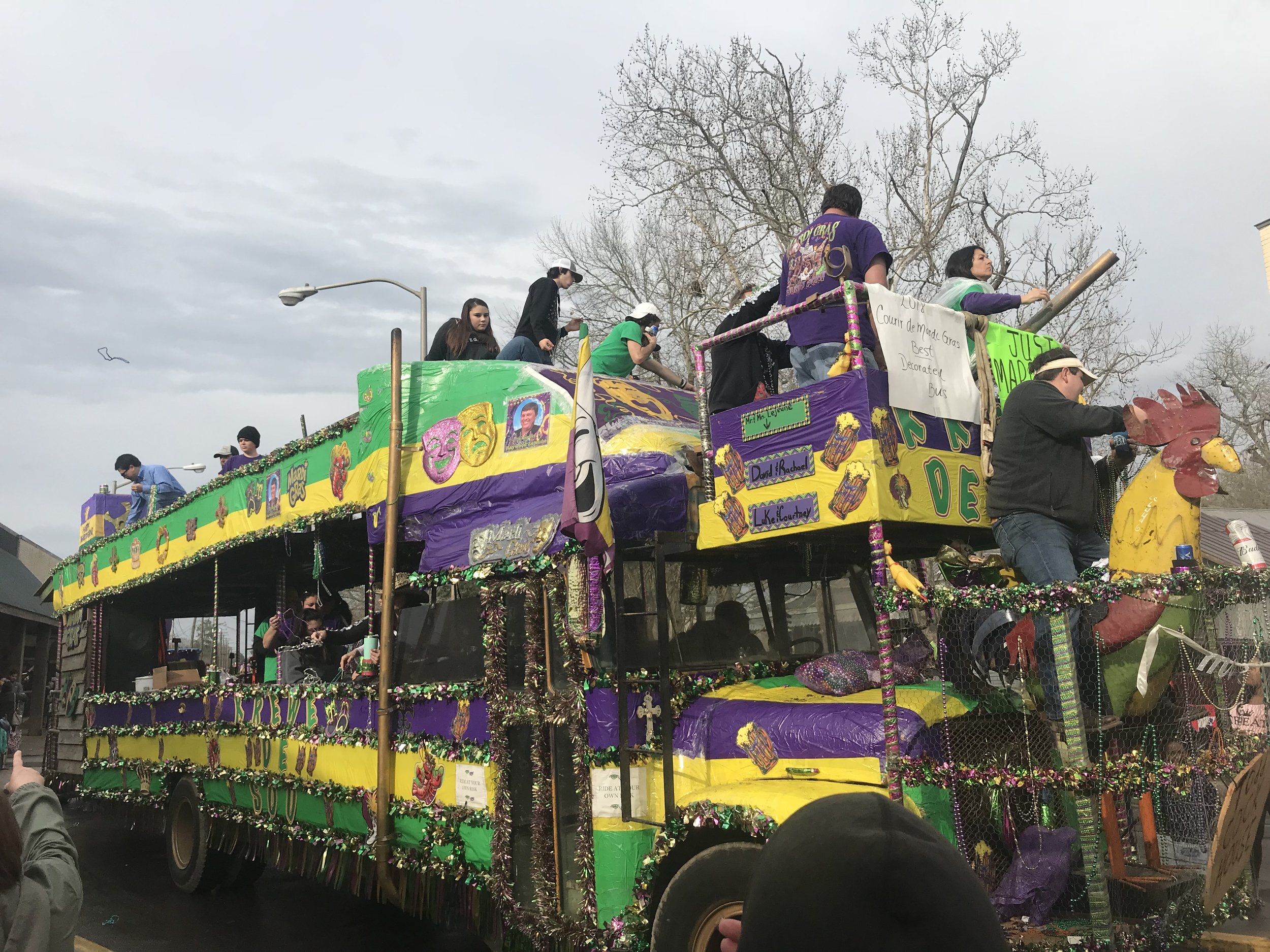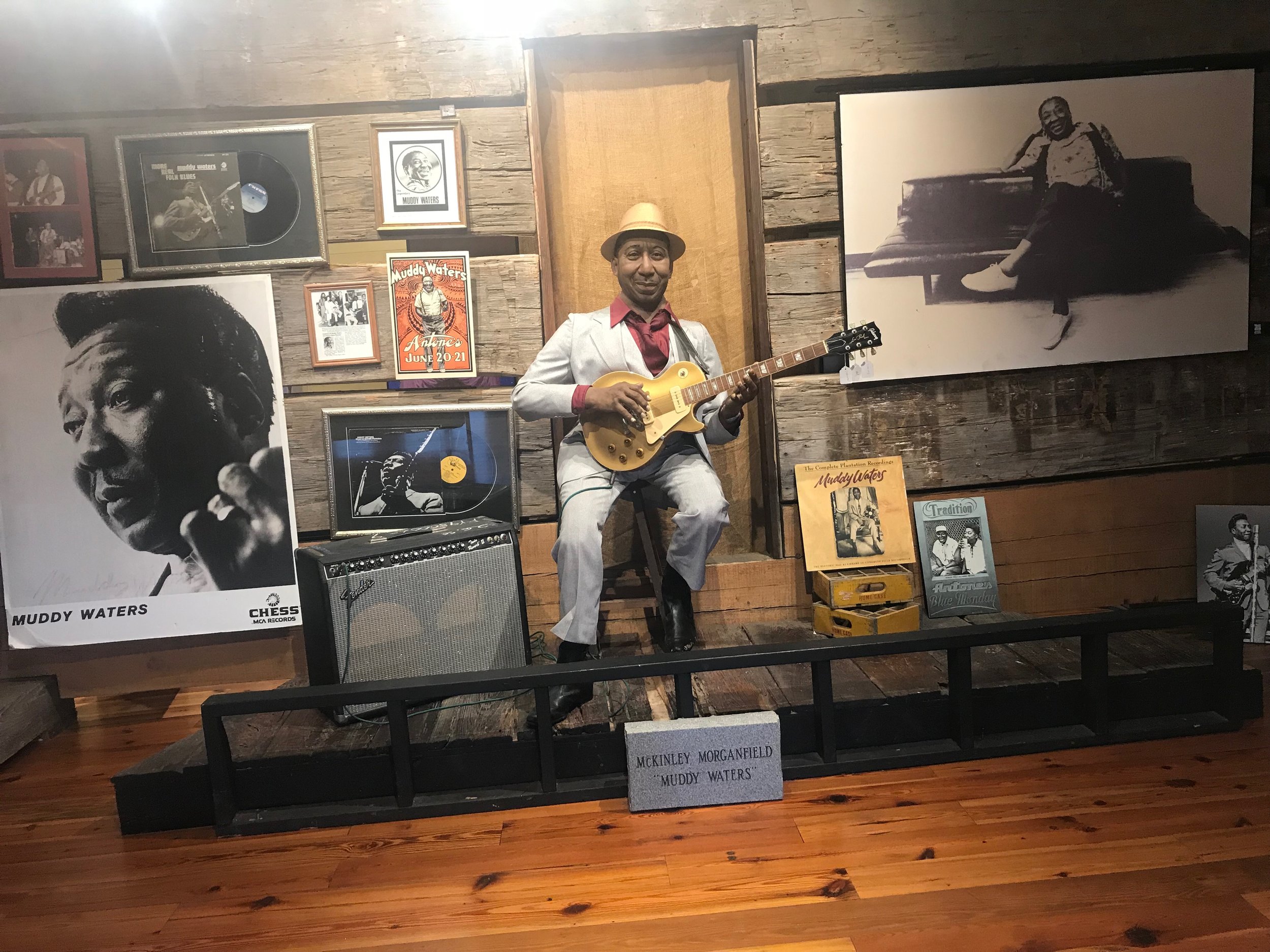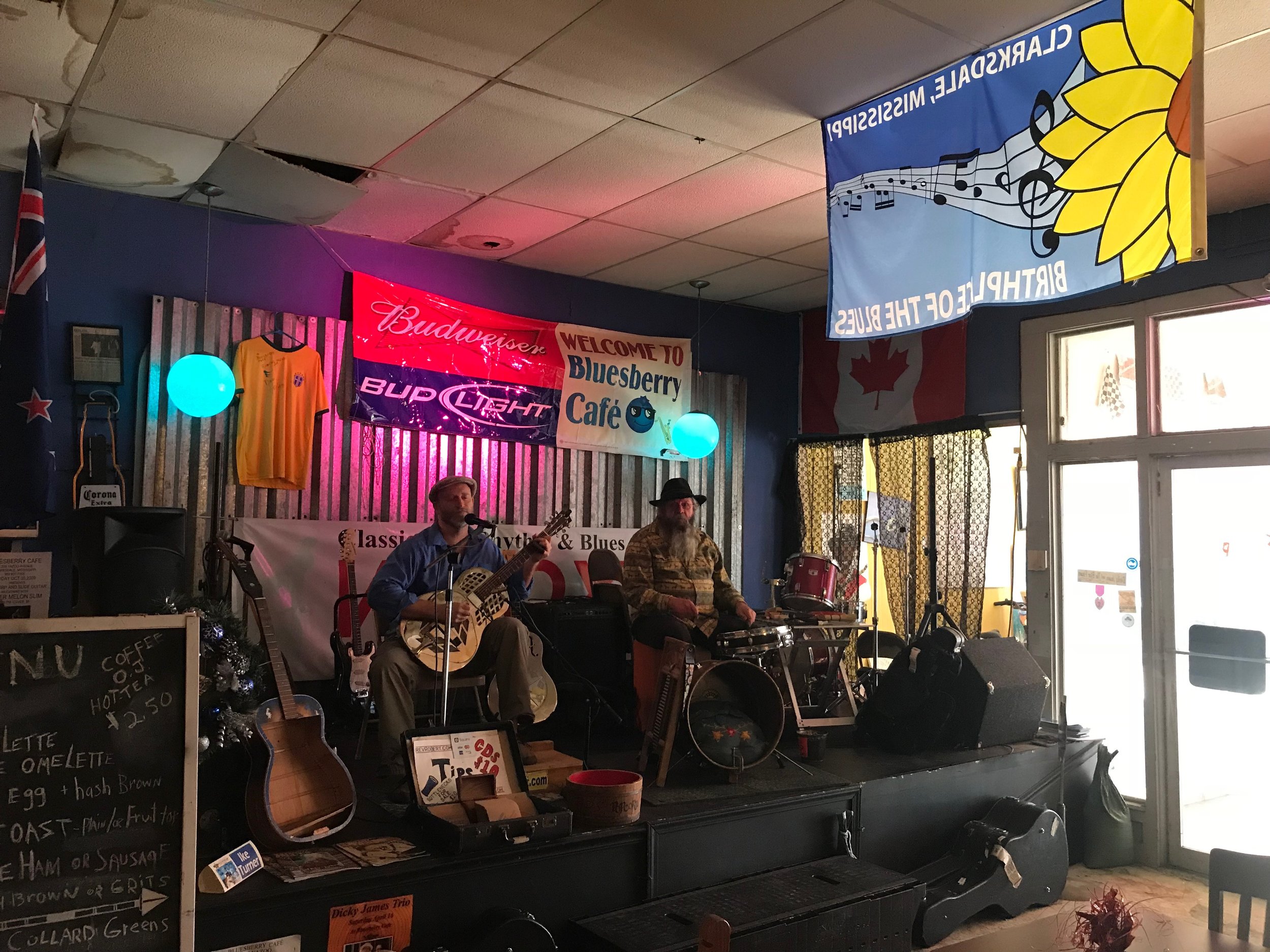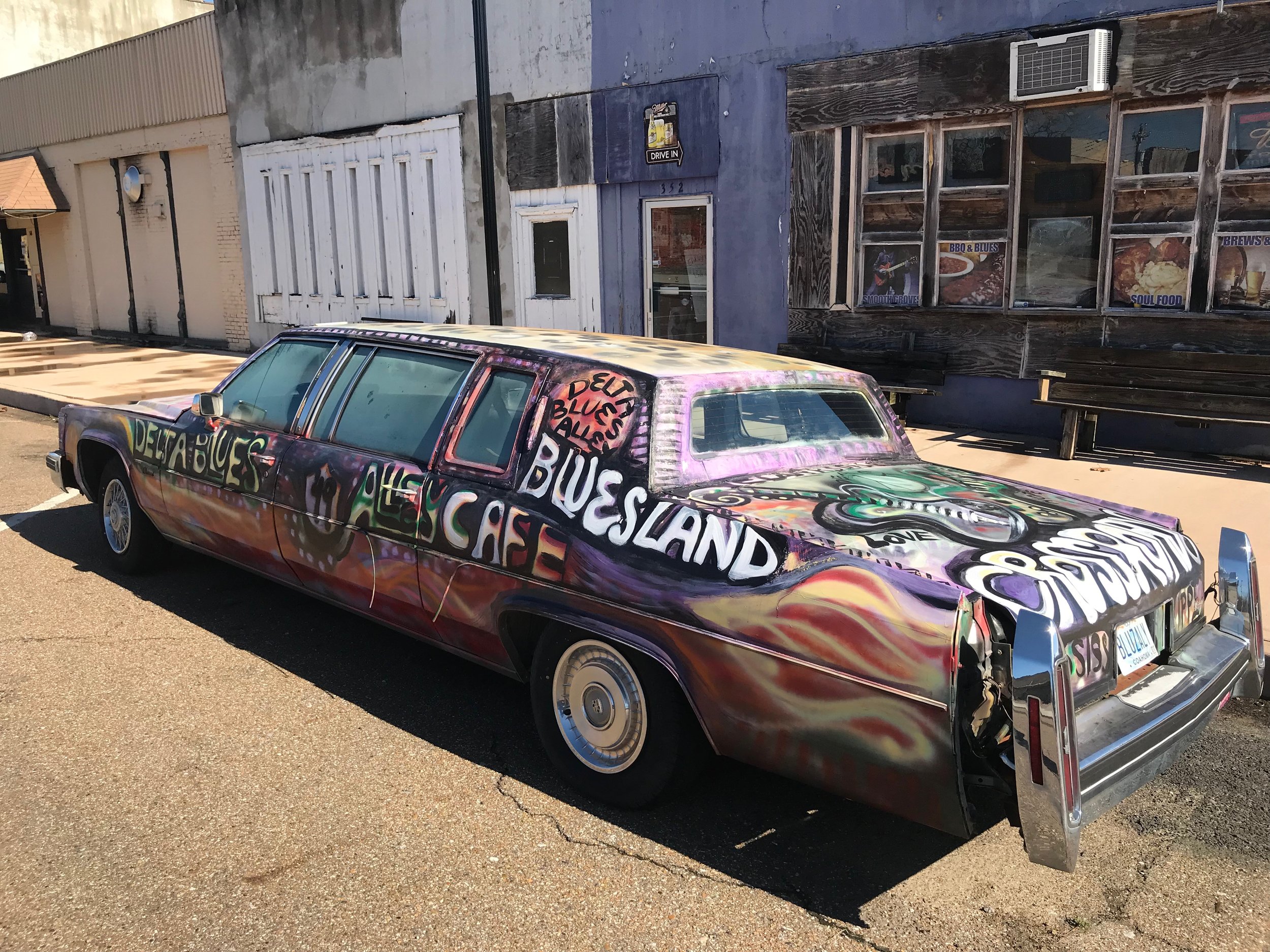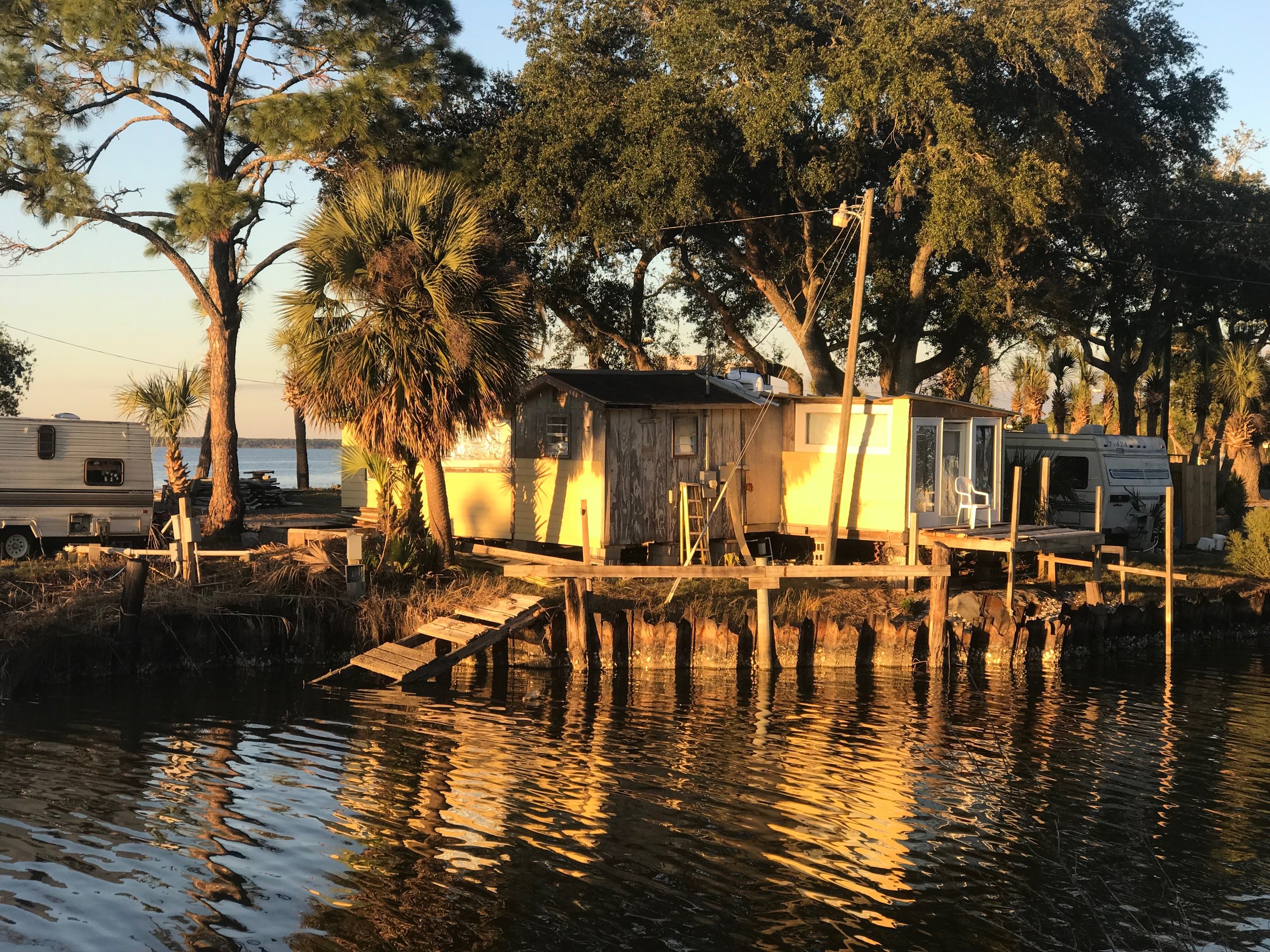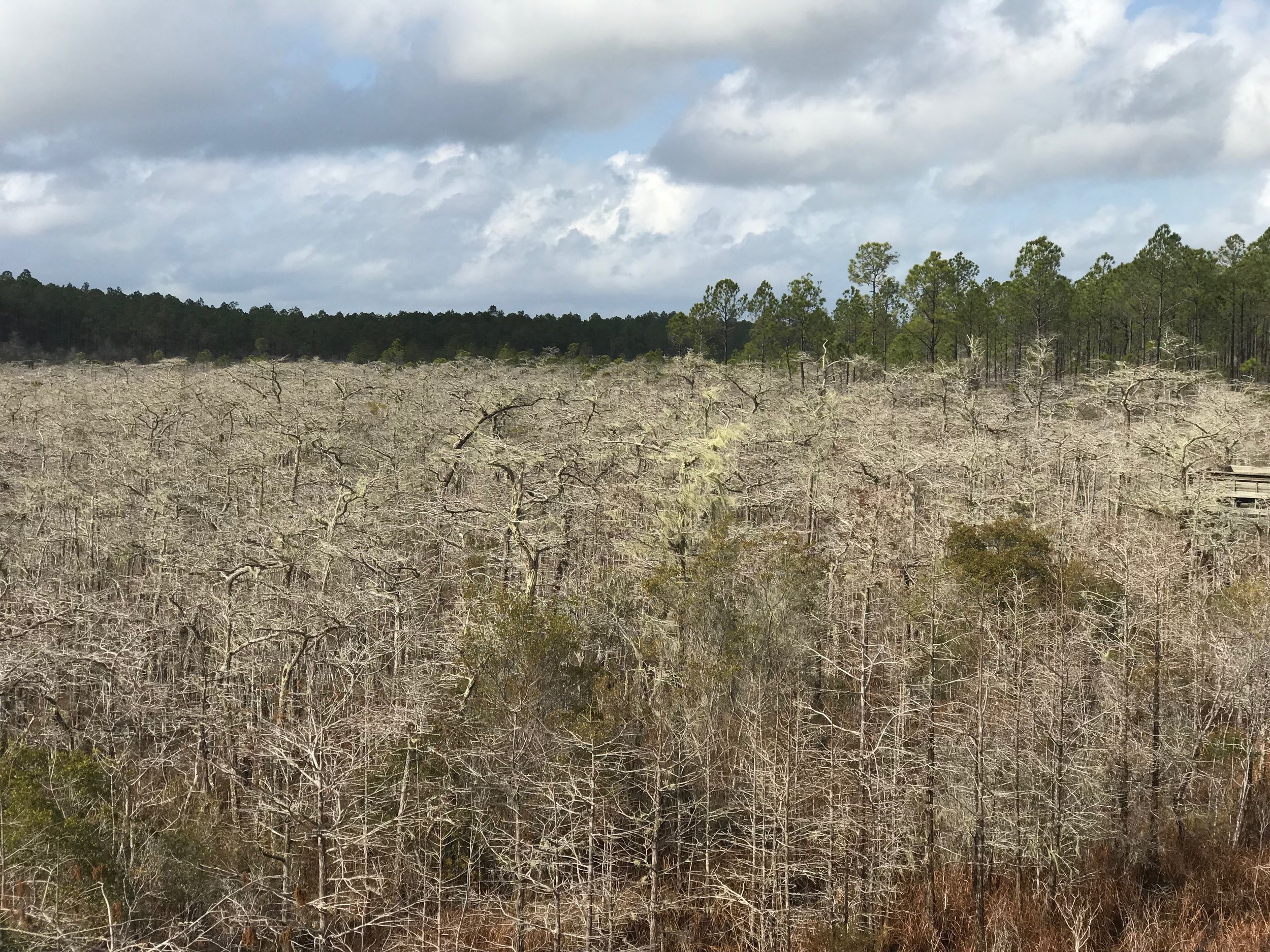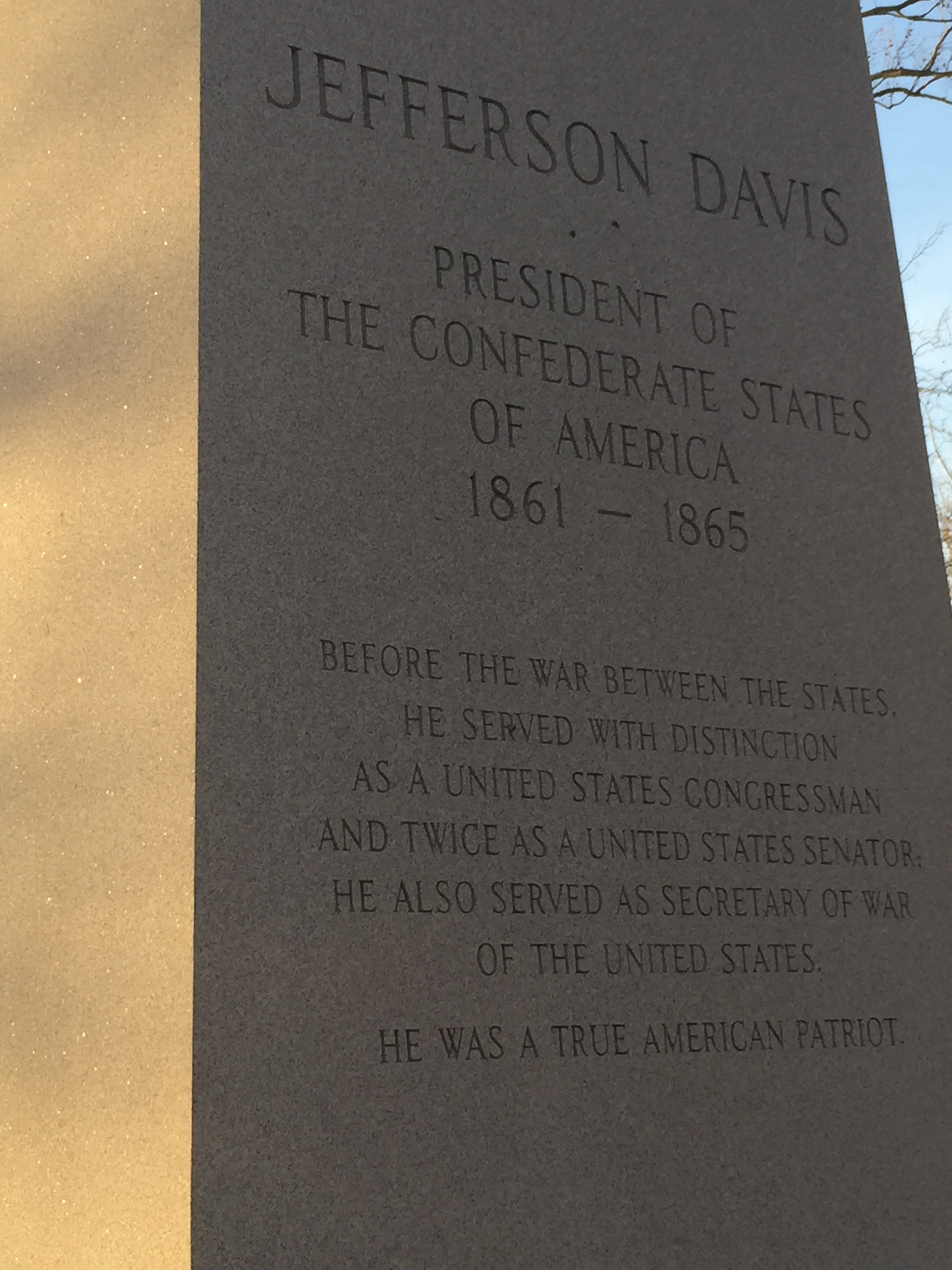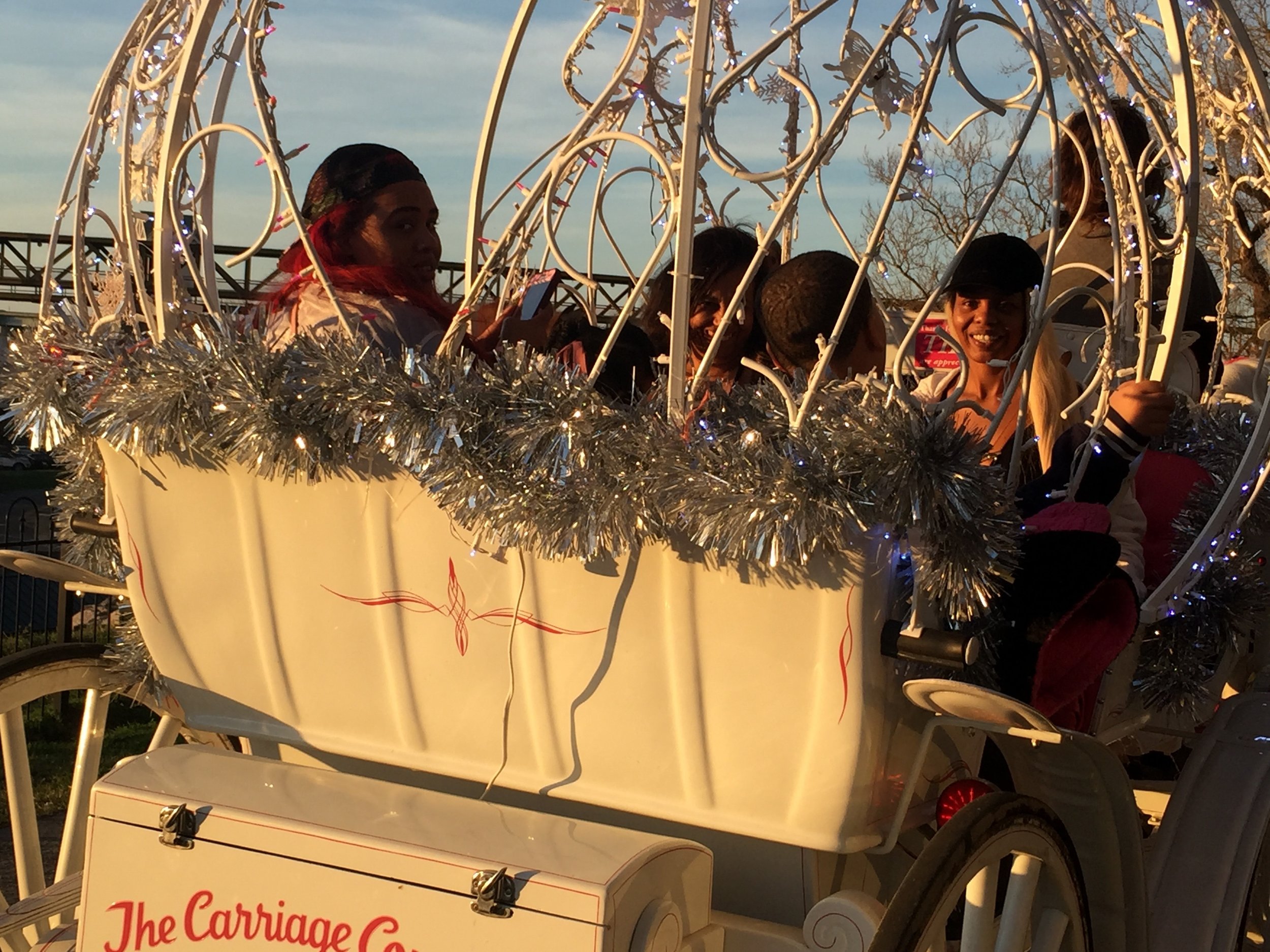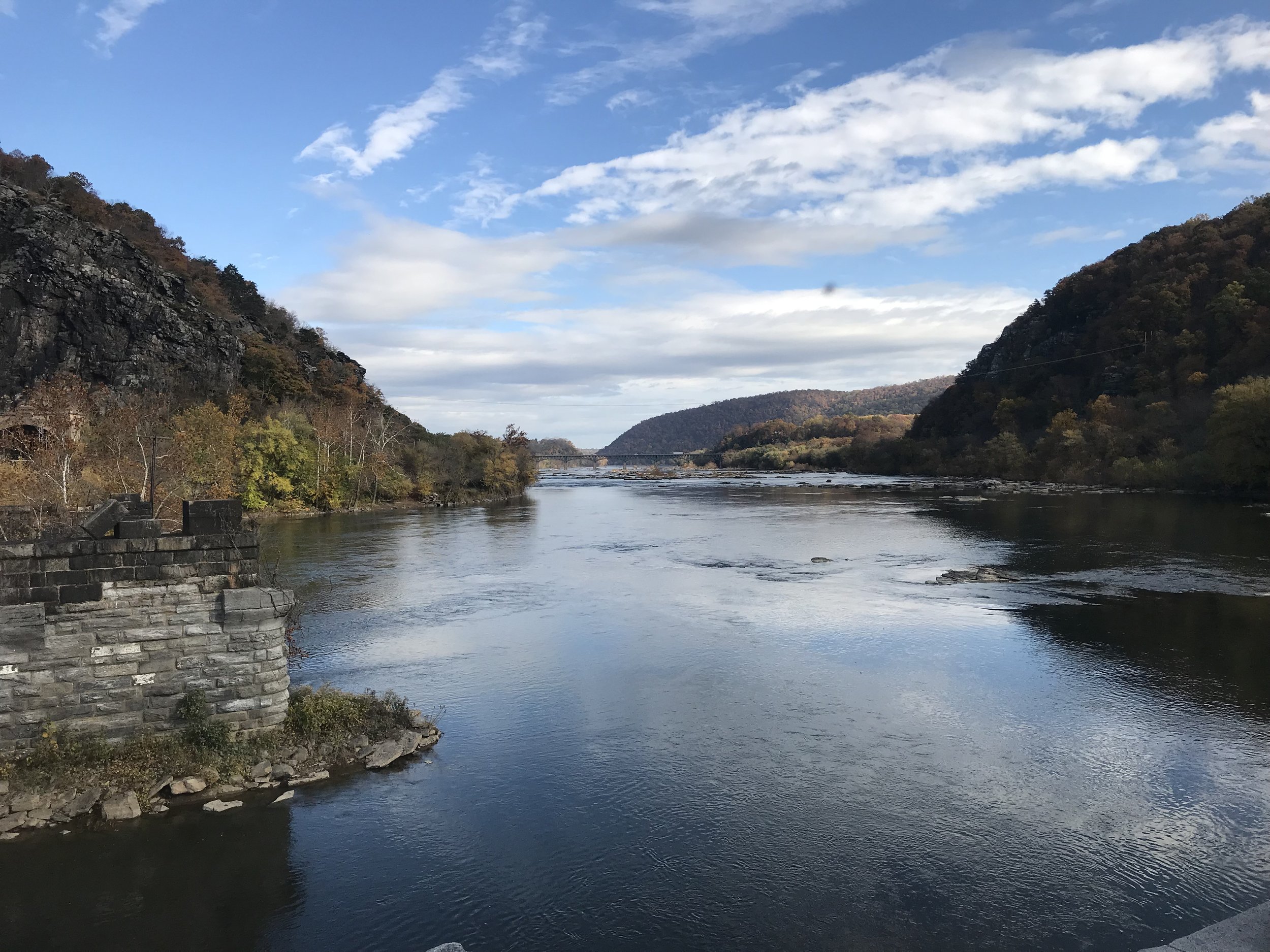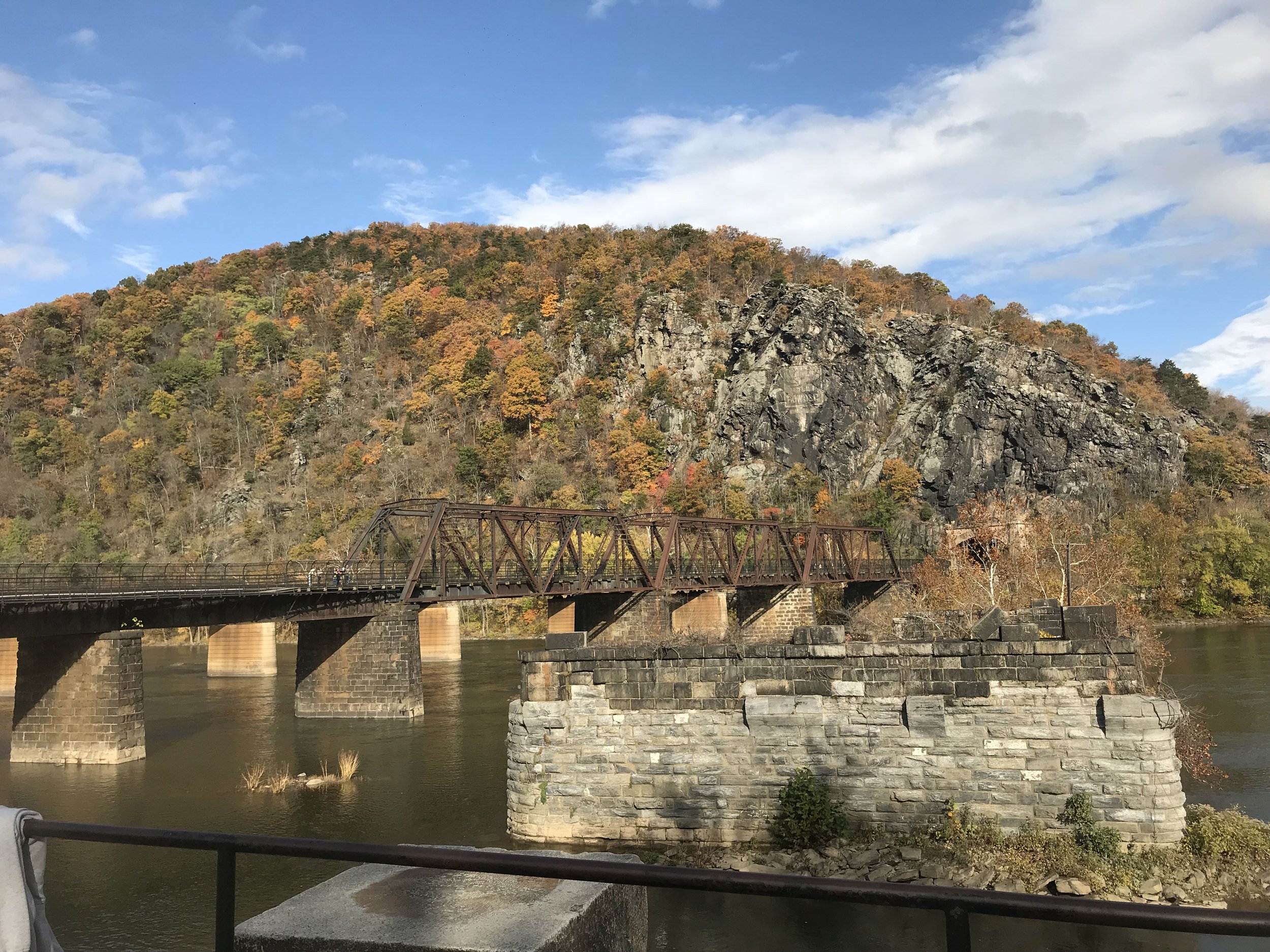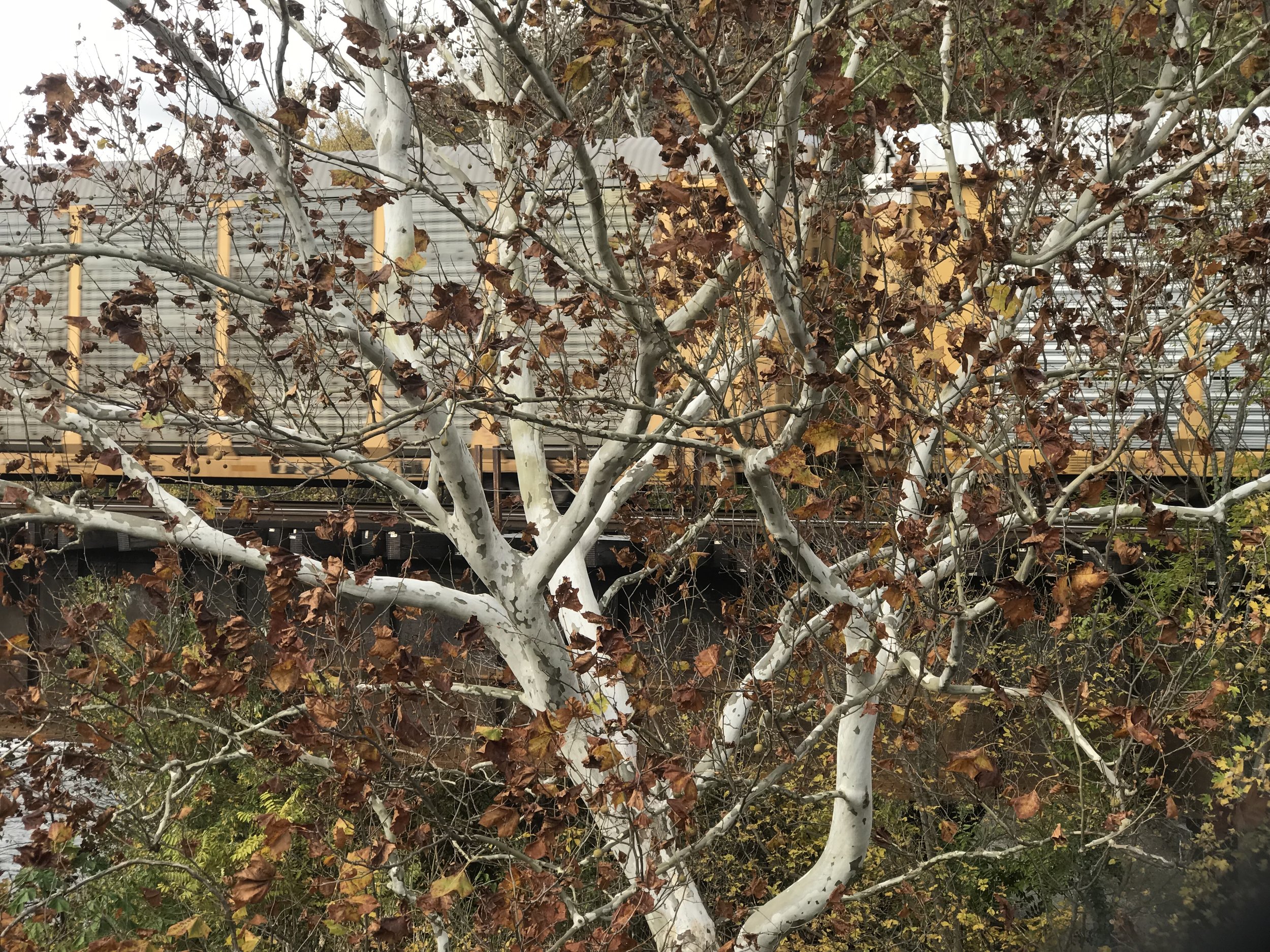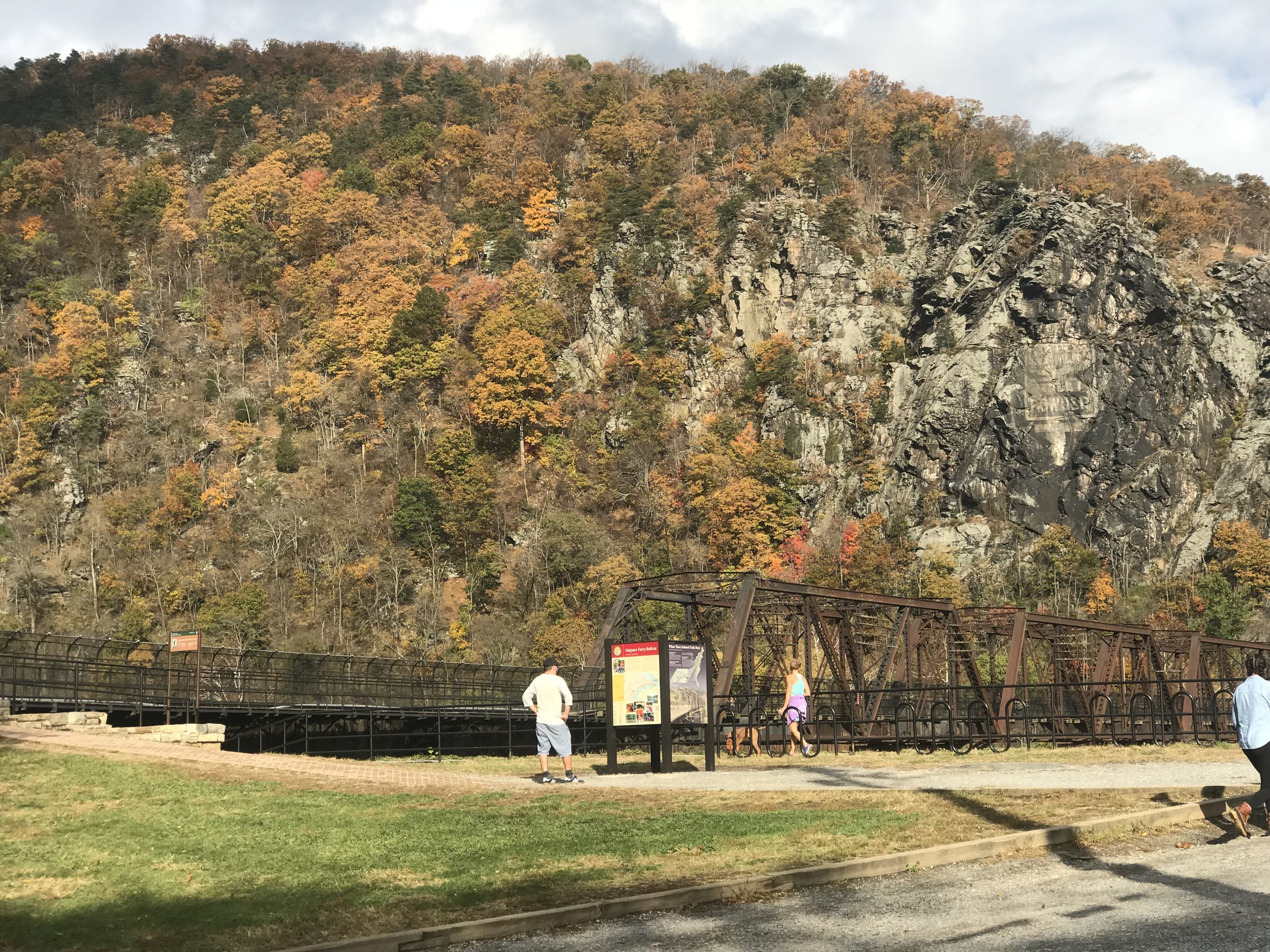I just finished reading Al Franken’s recent book, “Giant of the Senate,” which is pretty good, as biography/polemics by politicians goes. Franken is a gifted writer, a good liberal, a risk-taker in entertainment and politics, and a nice guy who is willing to admit it when he screws up. He also comes across as the most straitlaced man on the SNL set, still happily married to Frannie 30-something years.
Well, he screwed up again, and he’s paying for it. He kissed a woman without her consent and a photo shows him grinning at the camera while (maybe) groping her while she was asleep on an Air Force plane. Both incidents happened while the woman, model and radio newscaster Leann Tweeden, and Franken were performing together on a USO tour for troops stationed overseas.
I can see how Tweeden could feel violated by the photo. That’s her, and she’s asleep. But the photo also looks a lot more like sophomoric mugging than sexual assault. The UFO organizers included the photo in a souvenir DVD made for those on the tour, which says something about the context.
We can argue the fine points. But to equate what Franken did with the accusations a half-dozen women have made about Roy Moore’s pursuit of teenagers – or the allegations of harassment 16 women have made against Donald Trump – reeks of partisanship. Trump tweet-slapping Franken over sexual improprieties just reeks.
There’s an important discussion happening now about how men treat women. The list of celebrities and politicians accused of behavior ranging from inappropriate to criminal grows with each day’s headlines. But this isn’t just about celebrities. Sexual harassment and sexual assault happen daily in countless situations far from the spotlight. Turning allegations of misconduct into political footballs makes it harder to hear what women are saying about the times they have been mistreated.
Franken’s statement Thursday is a more worthy contribution to this discussion than Trump’s boorish tweets. Here it is in full:
"The first thing I want to do is apologize: to Leeann, to everyone else who was part of that tour, to everyone who has worked for me, to everyone I represent, and to everyone who counts on me to be an ally and supporter and champion of women. There's more I want to say, but the first and most important thing—and if it's the only thing you care to hear, that's fine—is: I'm sorry.
"I respect women. I don't respect men who don't. And the fact that my own actions have given people a good reason to doubt that makes me feel ashamed.
"But I want to say something else, too. Over the last few months, all of us—including and especially men who respect women—have been forced to take a good, hard look at our own actions and think (perhaps, shamefully, for the first time) about how those actions have affected women.
"For instance, that picture. I don't know what was in my head when I took that picture, and it doesn't matter. There's no excuse. I look at it now and I feel disgusted with myself. It isn't funny. It's completely inappropriate. It's obvious how Leeann would feel violated by that picture. And, what's more, I can see how millions of other women would feel violated by it—women who have had similar experiences in their own lives, women who fear having those experiences, women who look up to me, women who have counted on me.
"Coming from the world of comedy, I've told and written a lot of jokes that I once thought were funny but later came to realize were just plain offensive. But the intentions behind my actions aren't the point at all. It's the impact these jokes had on others that matters. And I'm sorry it's taken me so long to come to terms with that.
"While I don't remember the rehearsal for the skit as Leeann does, I understand why we need to listen to and believe women's experiences.
"I am asking that an ethics investigation be undertaken, and I will gladly cooperate.
"And the truth is, what people think of me in light of this is far less important than what people think of women who continue to come forward to tell their stories. They deserve to be heard, and believed. And they deserve to know that I am their ally and supporter. I have let them down and am committed to making it up to them.
Like I said, he’s a gifted writer.
As an editorial writer, I was never comfortable demanding anyone’s resignation, especially elected officials, over a personal scandal. Back in the late ‘80s, my paper called on Barney Frank to resign after he got mixed up with an escort, and I disagreed. Unlike Kirsten Gillibrand, I never thought Bill Clinton should resign over the Lewinsky affair. It’s up to voters to decide who they send to Washington, weighing personal and political issues as they see fit, not nosy outsiders - and especially those seeking partisan advantage.
Accountability comes in many ways. Barney Frank went on to have a great career and could still be in the House if he wanted to be. Ted Kennedy’s career survived Chappaquiddick, but he was never allowed to forget it. If more evidence comes to light that Franken is a terrible jerk, the voters of Minnesota will hold him accountable – and I won’t read any more of his books.
